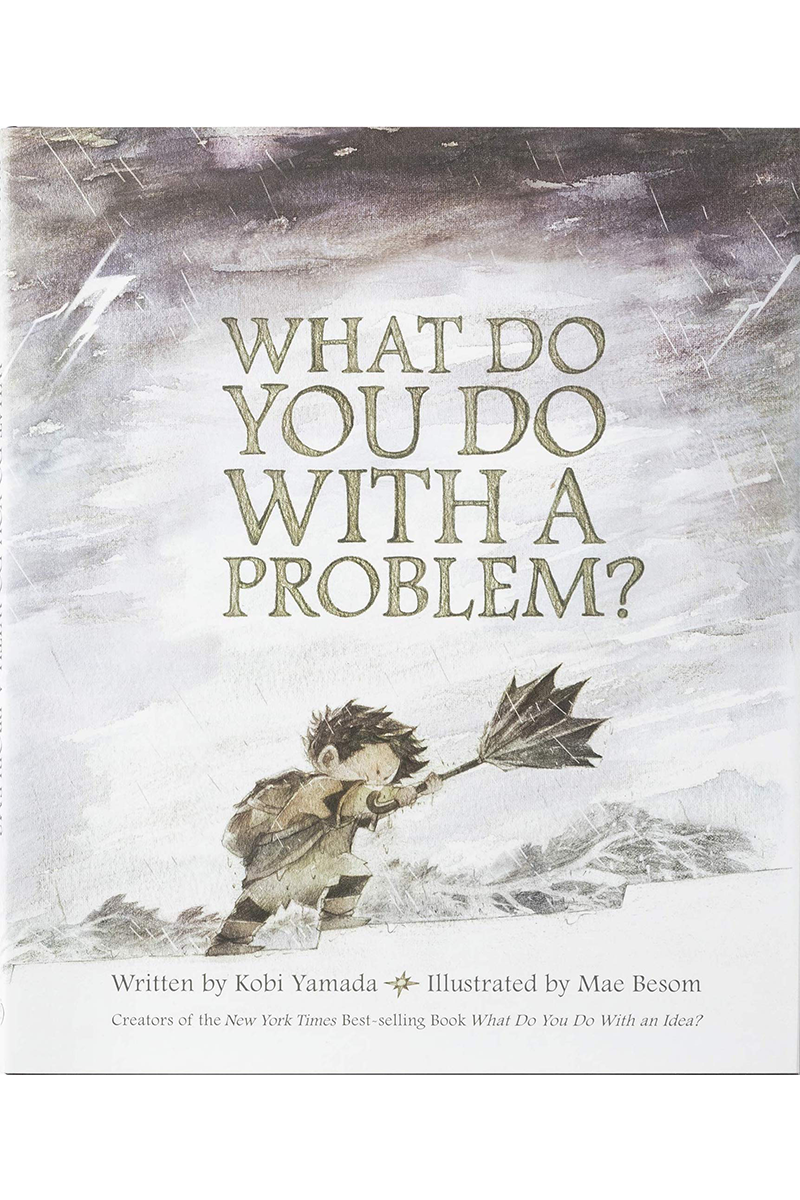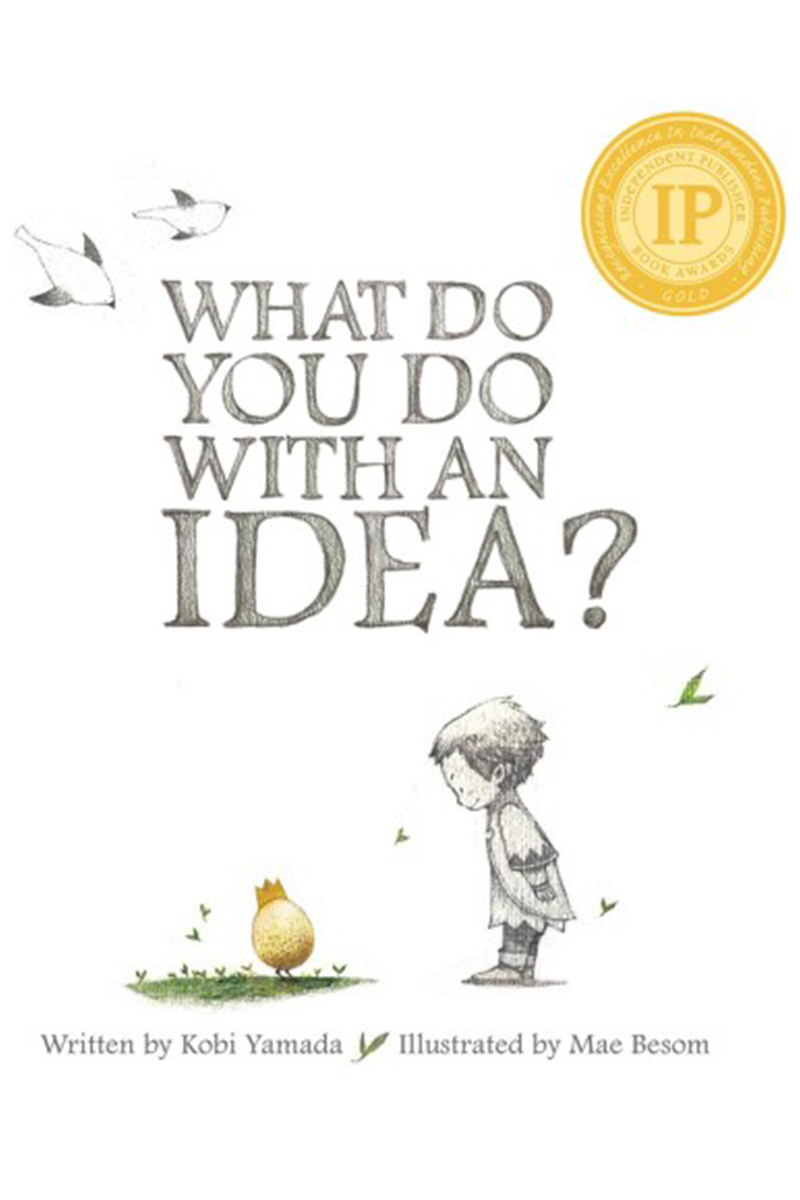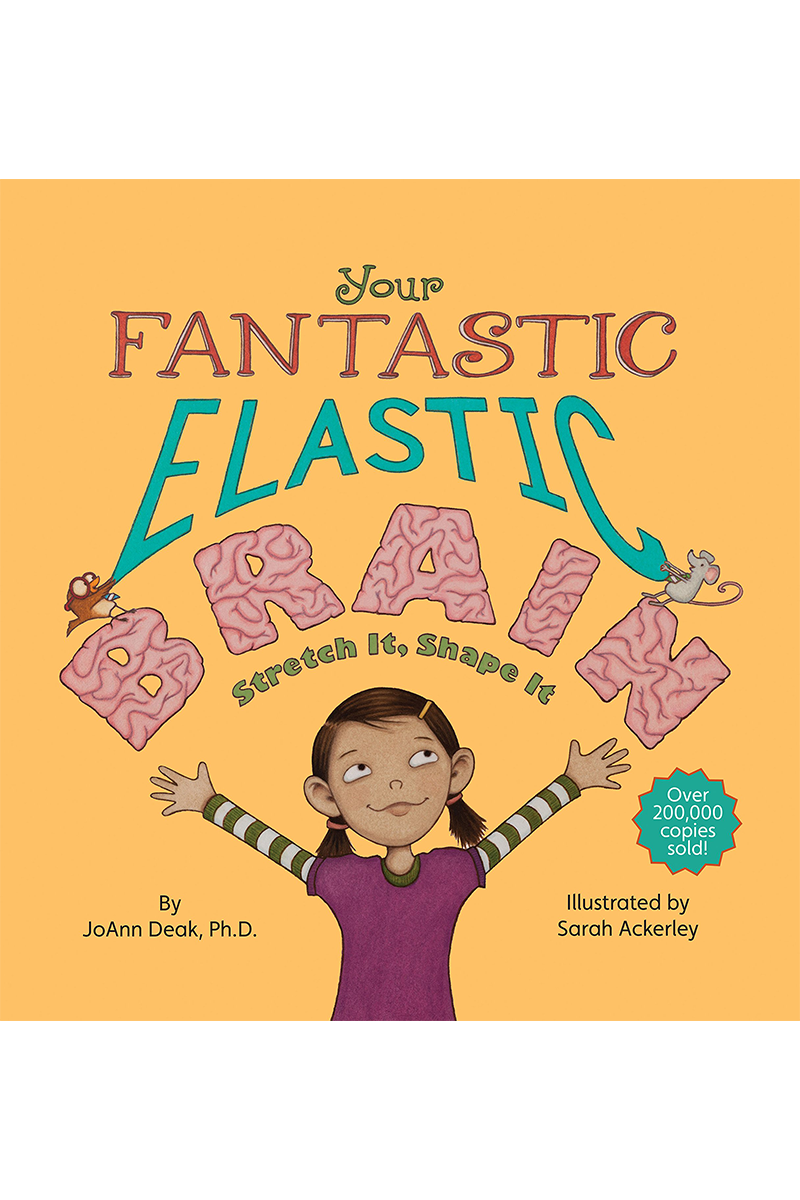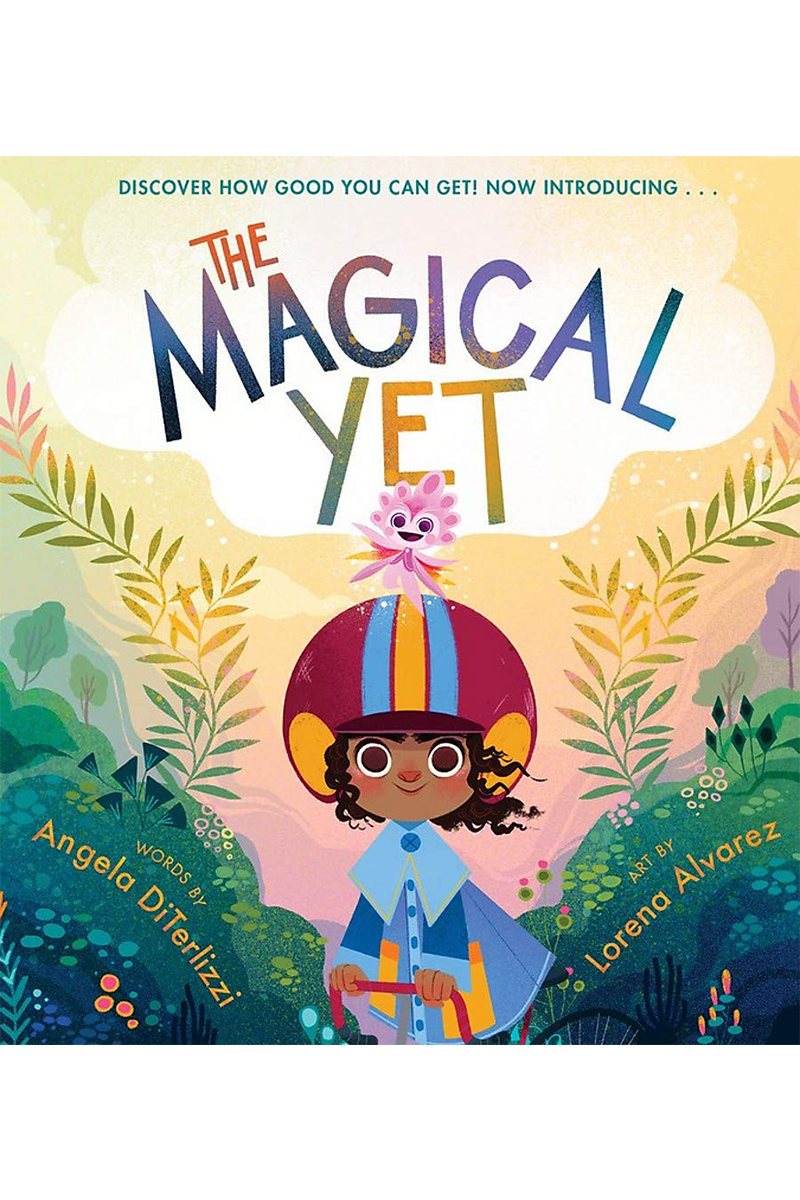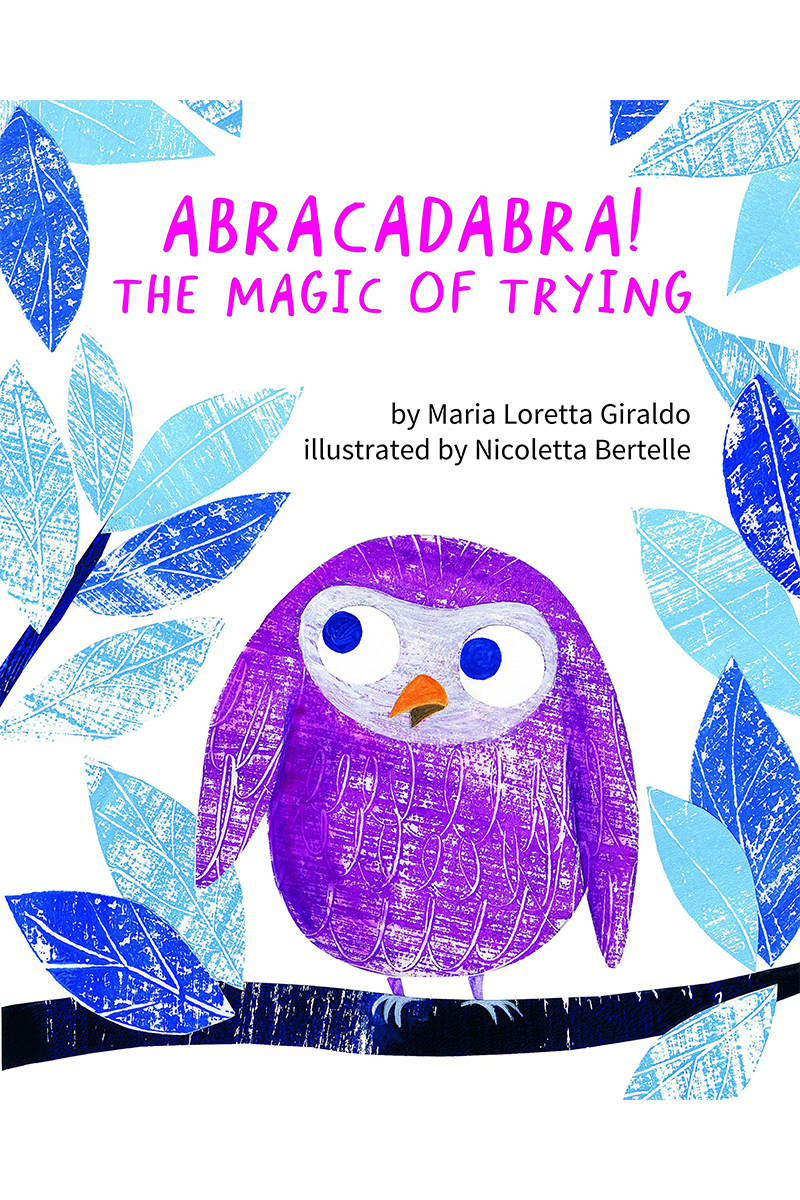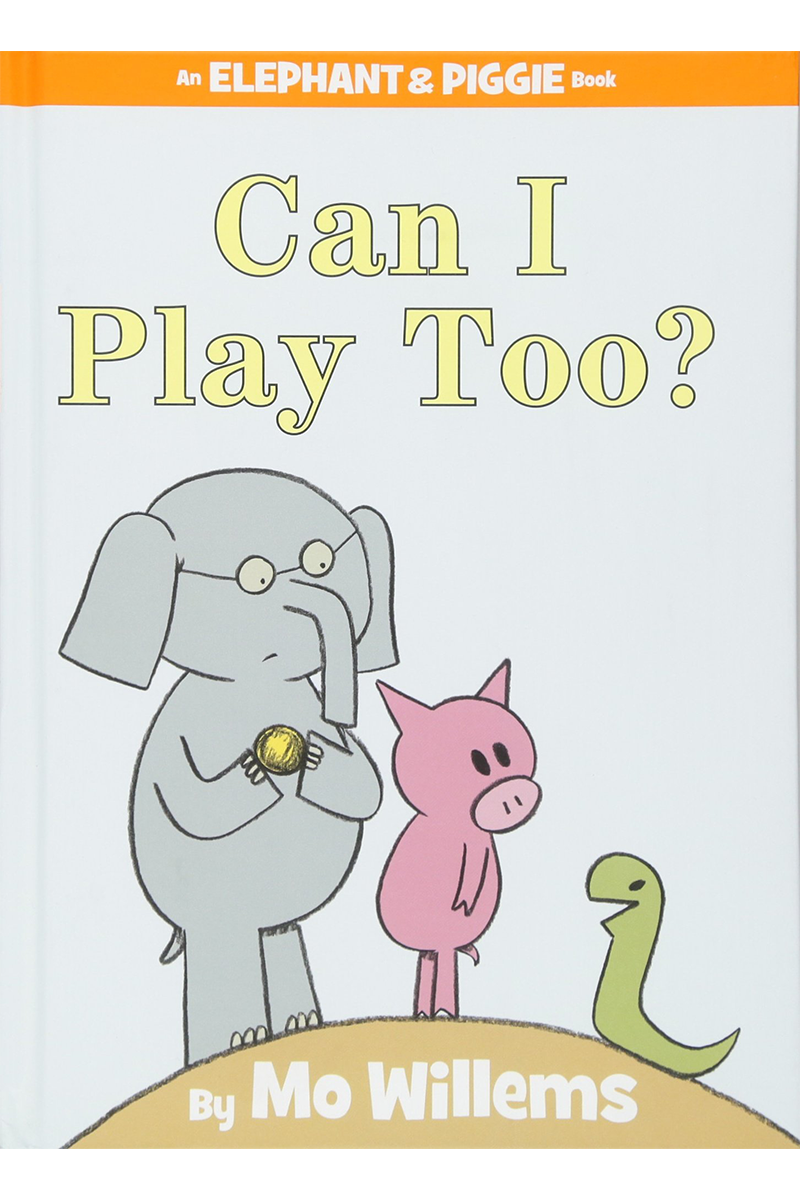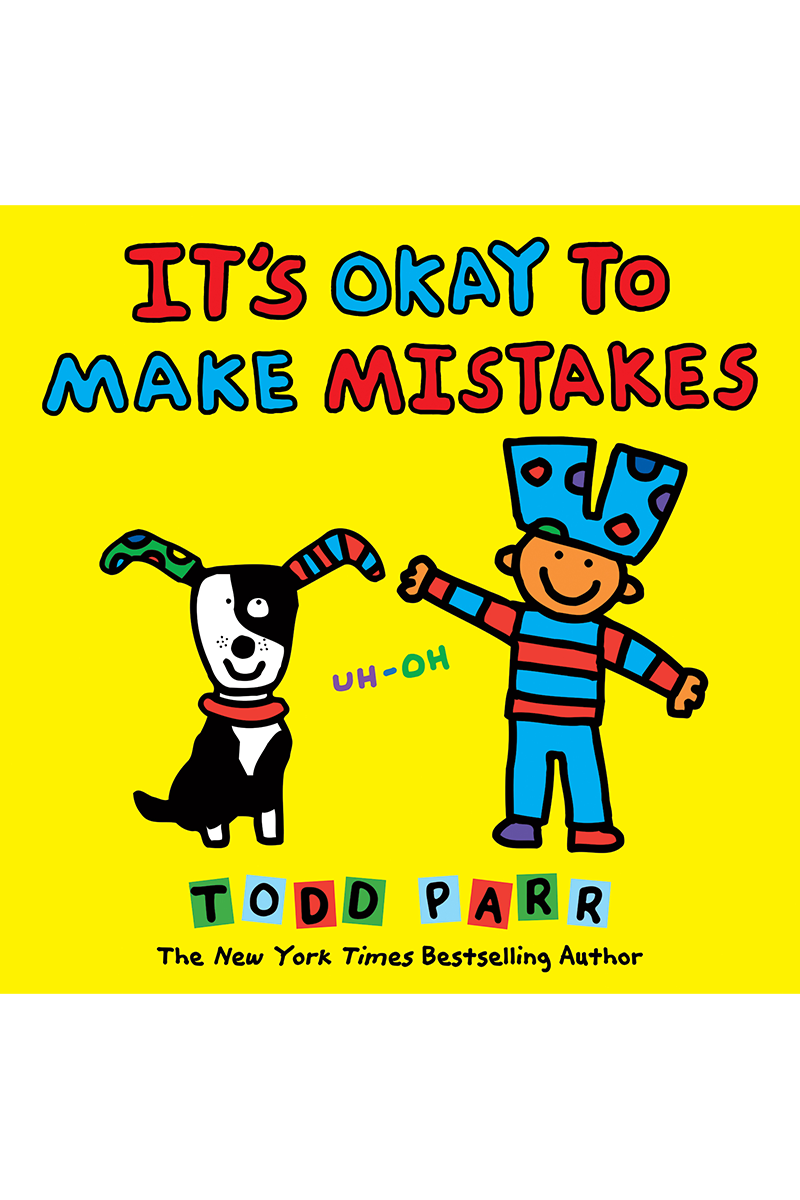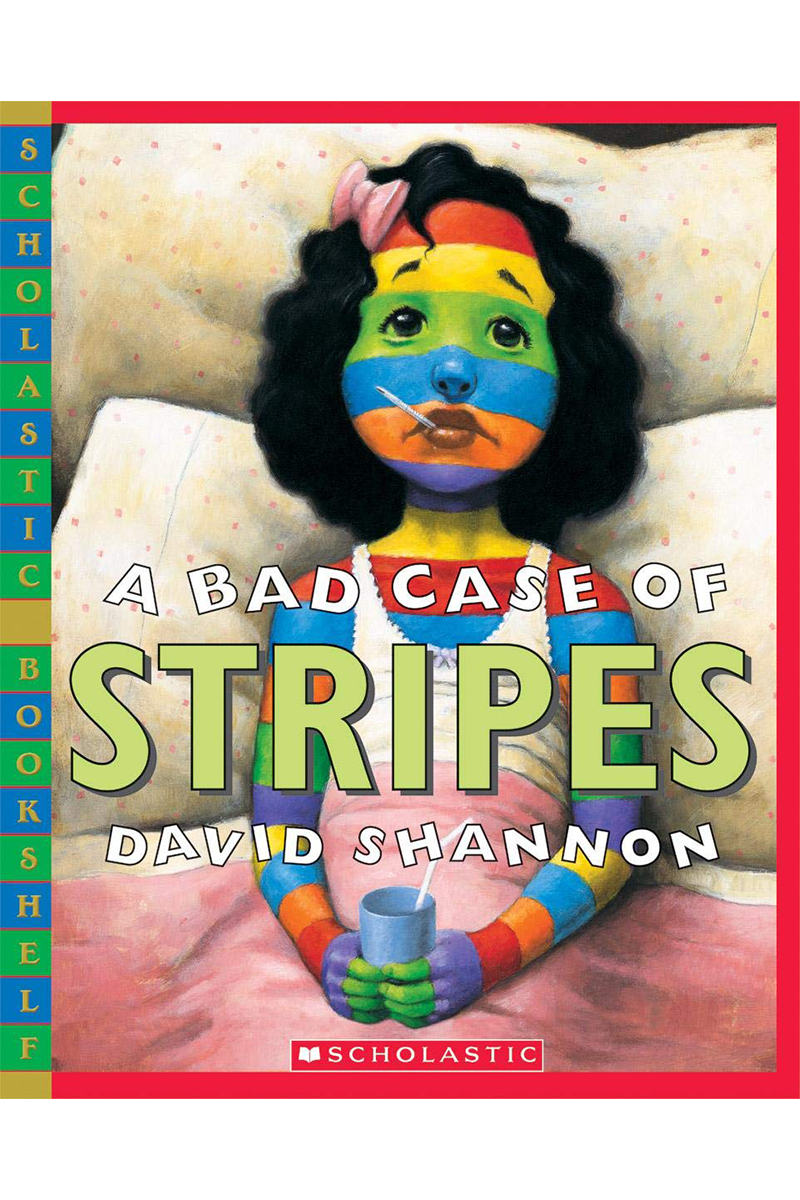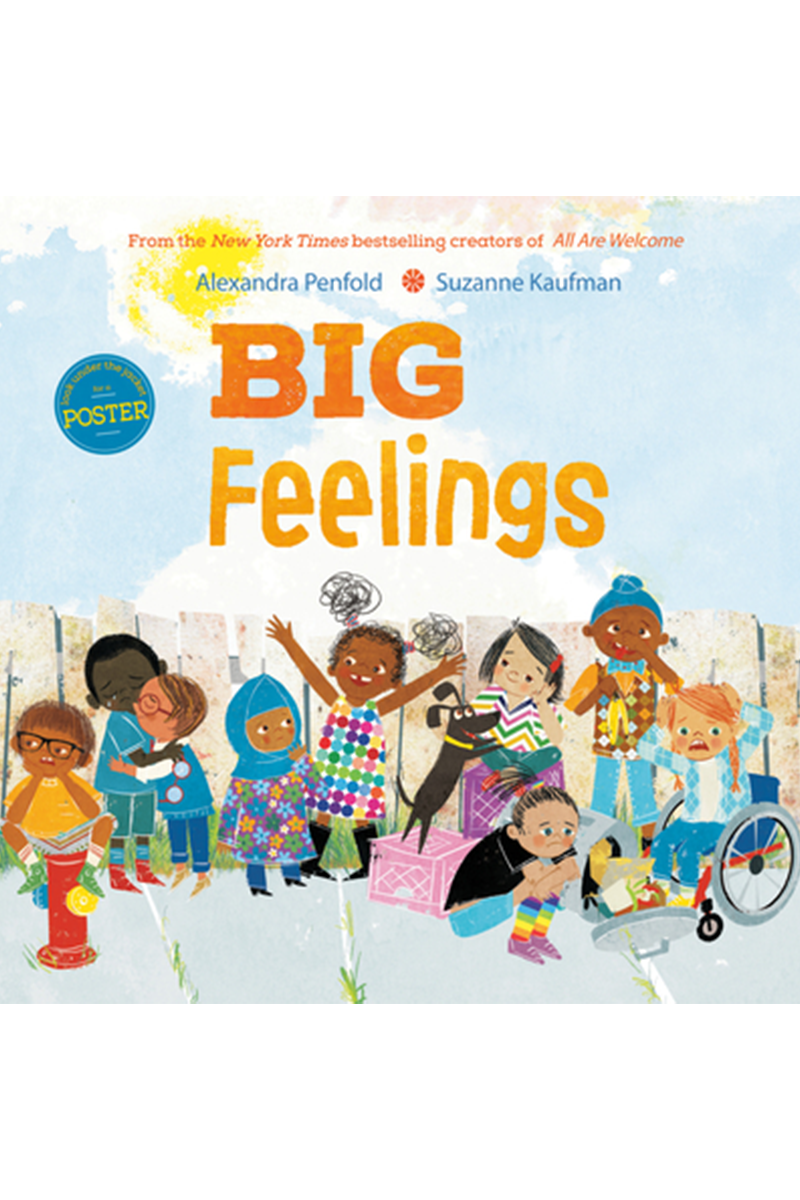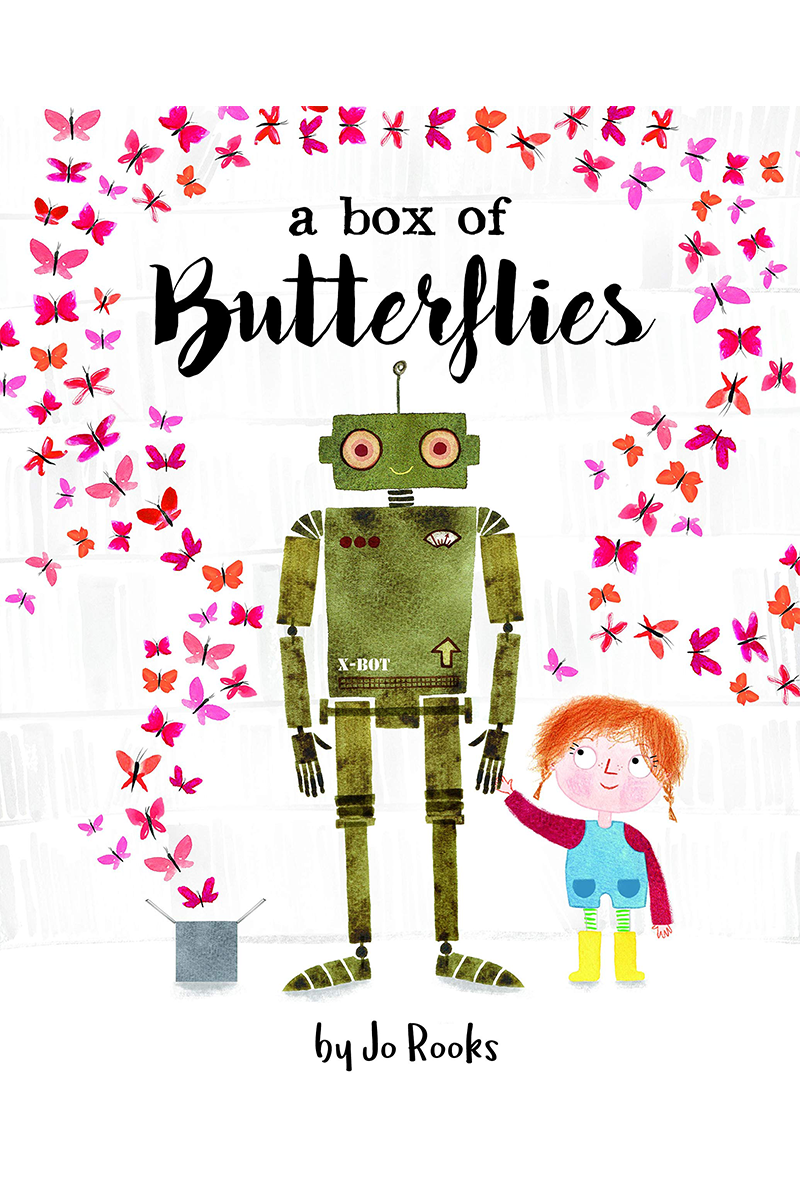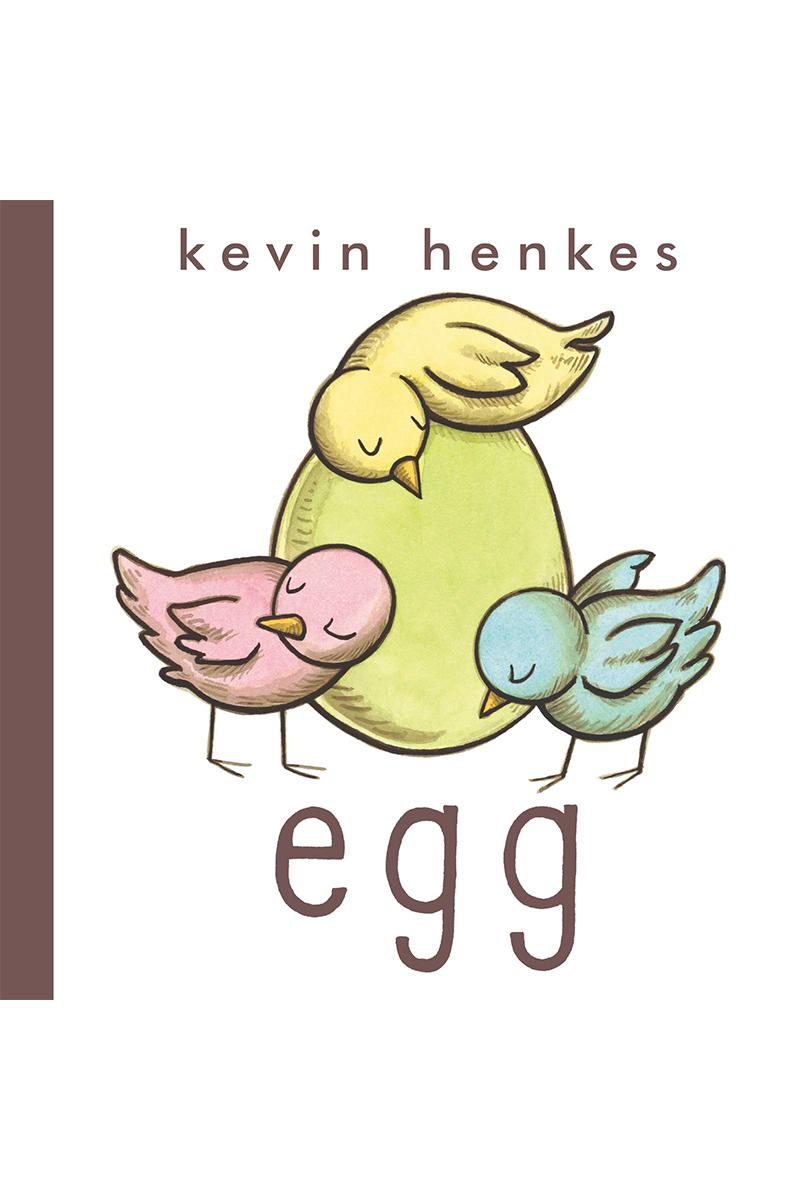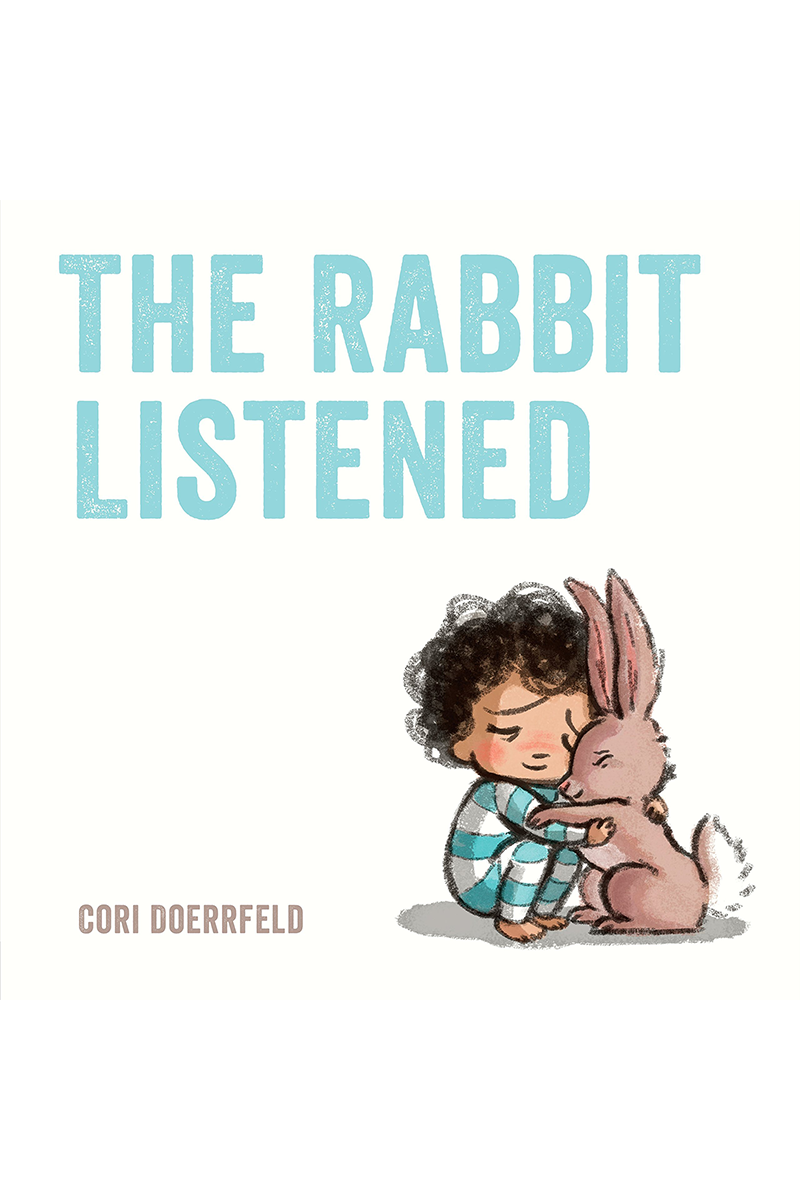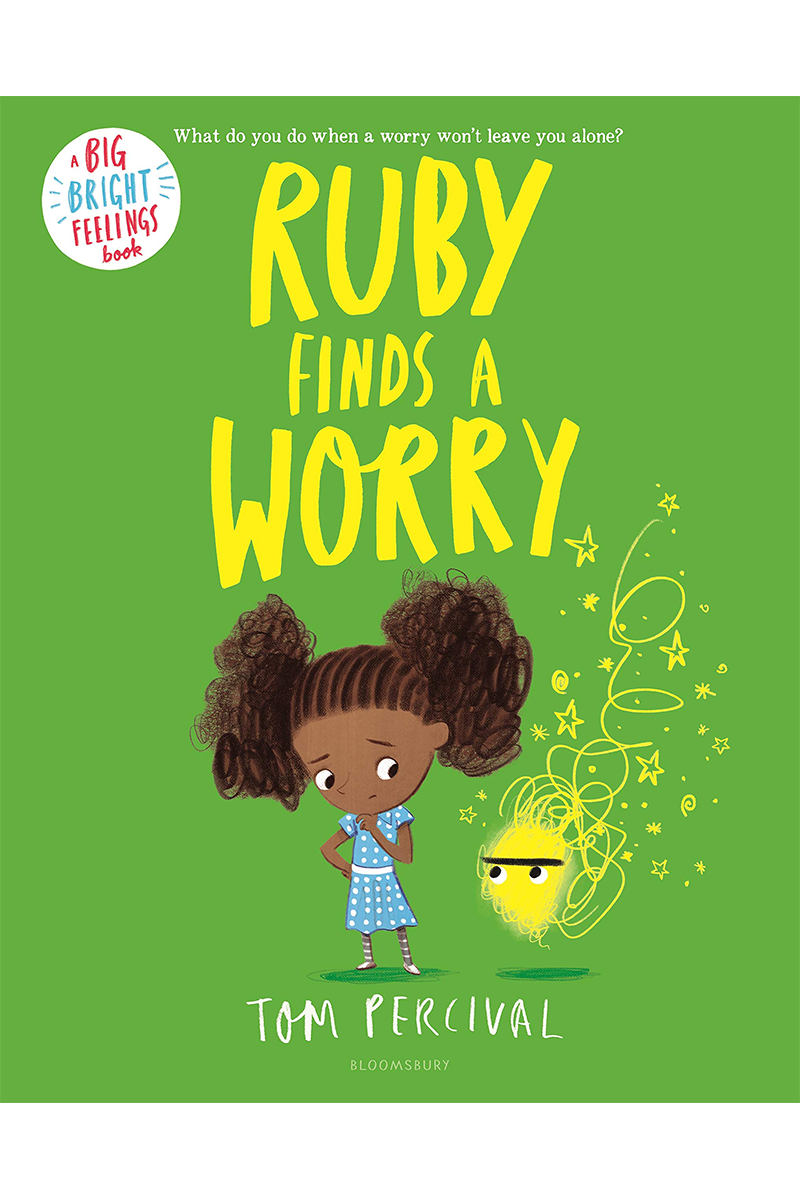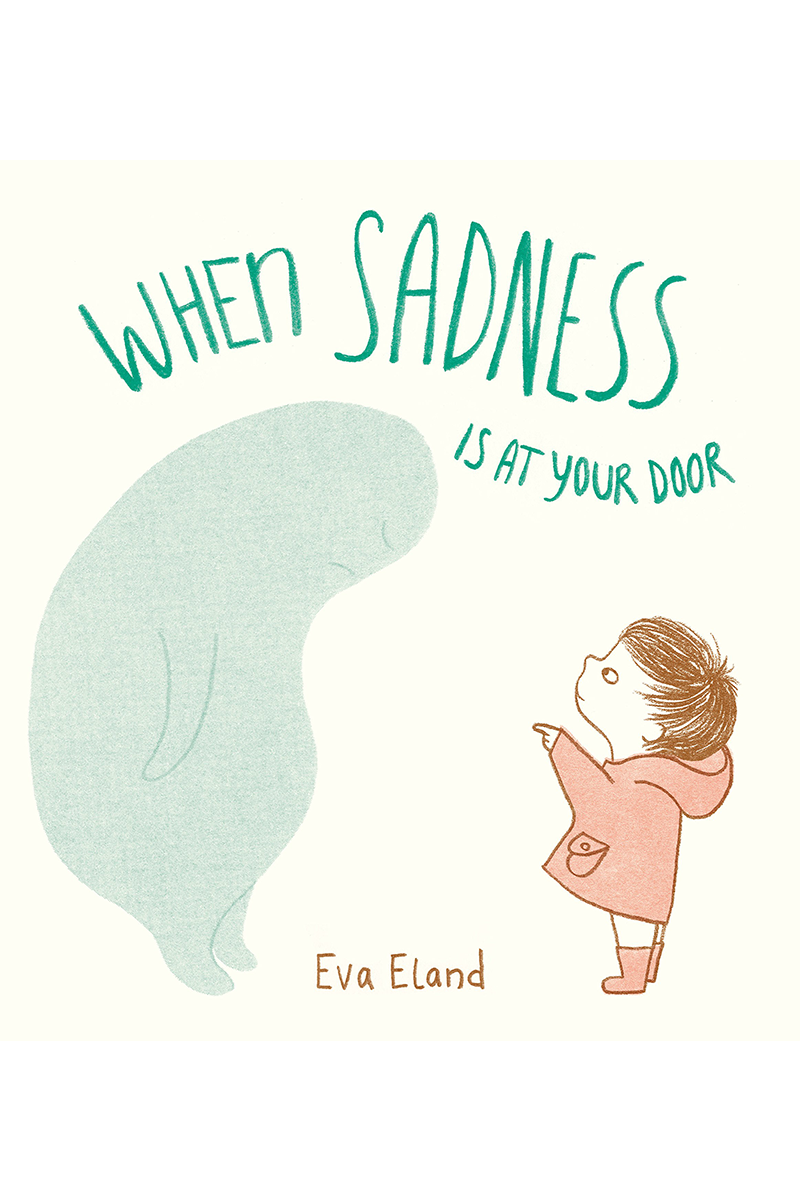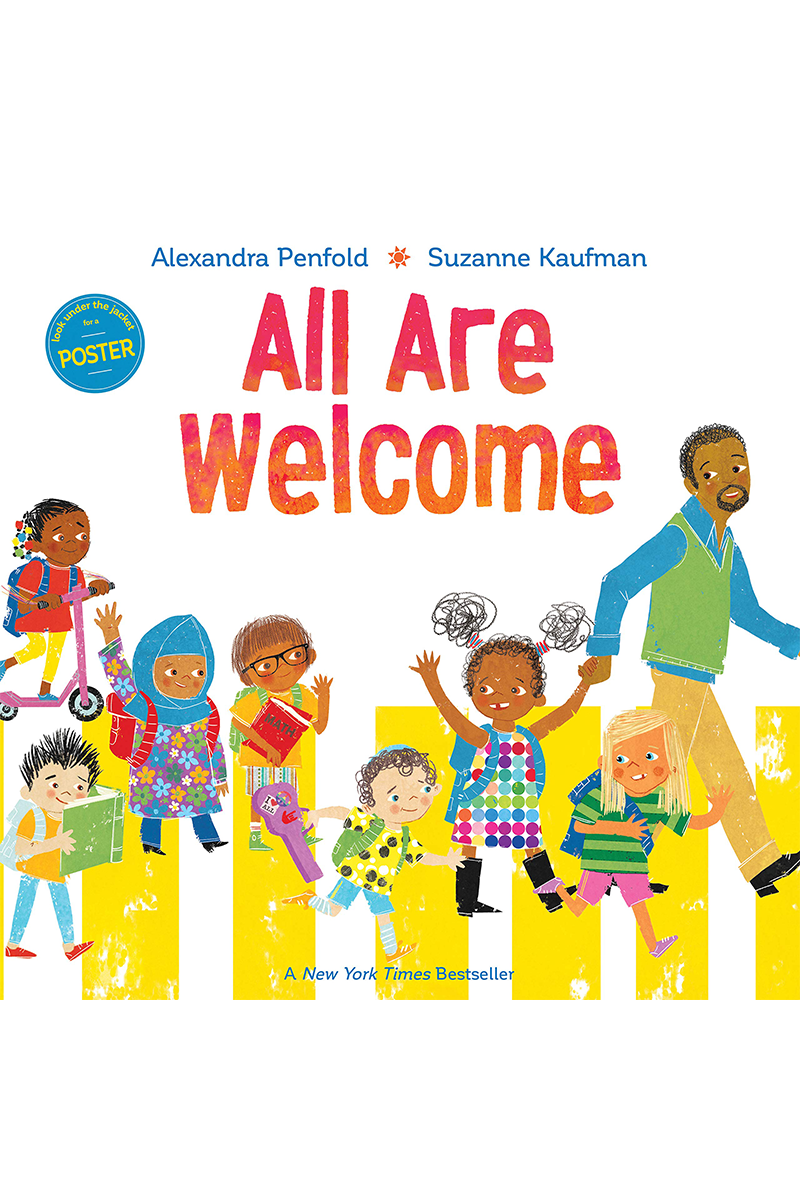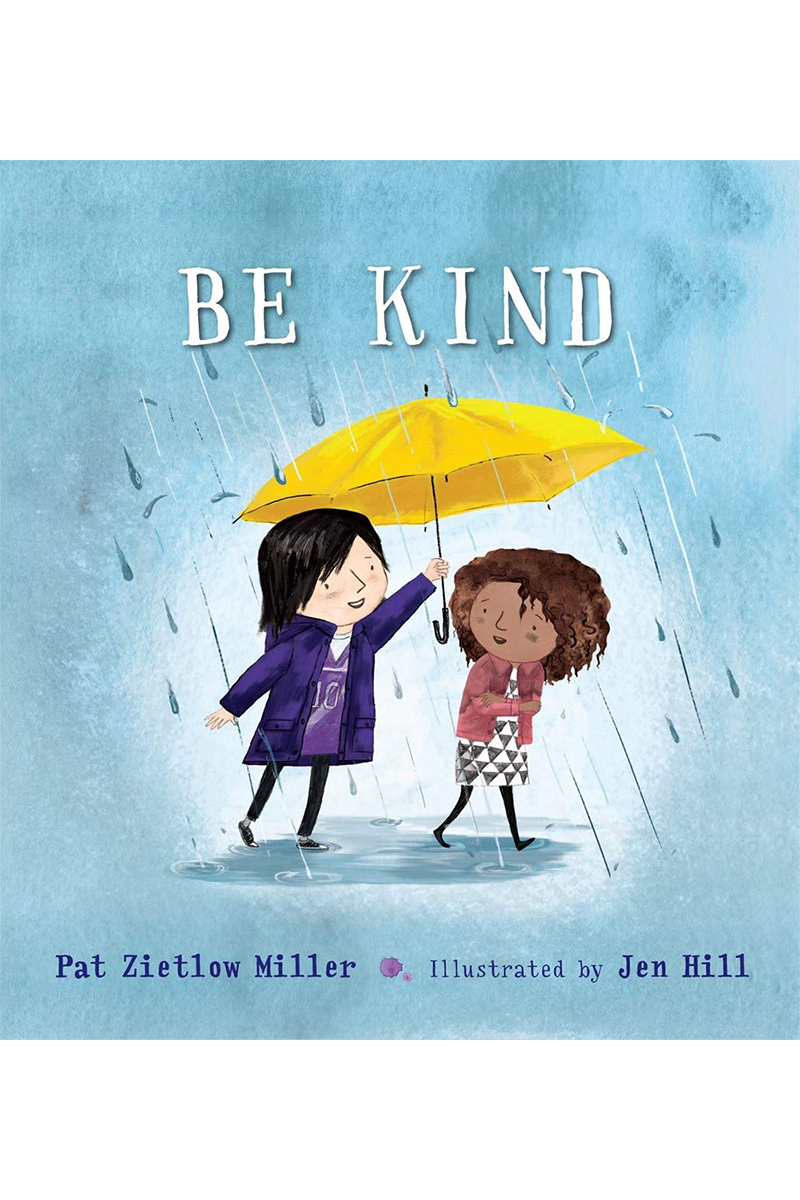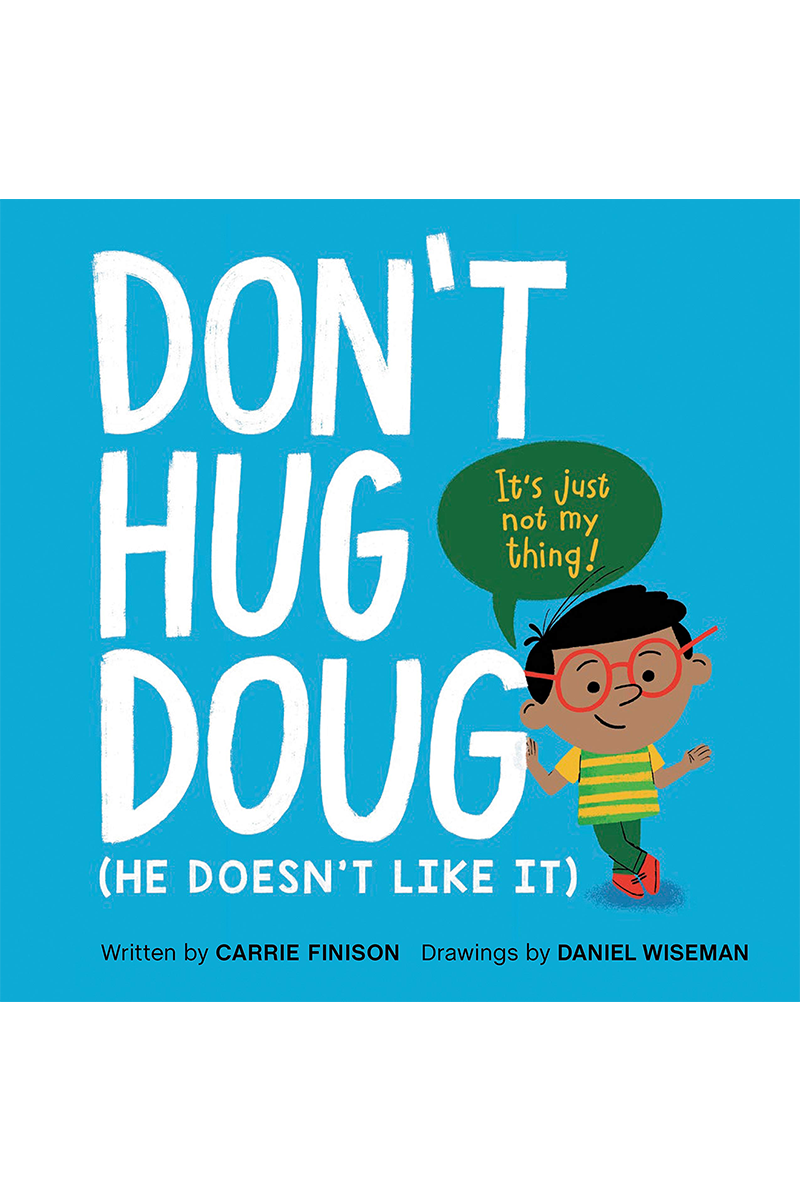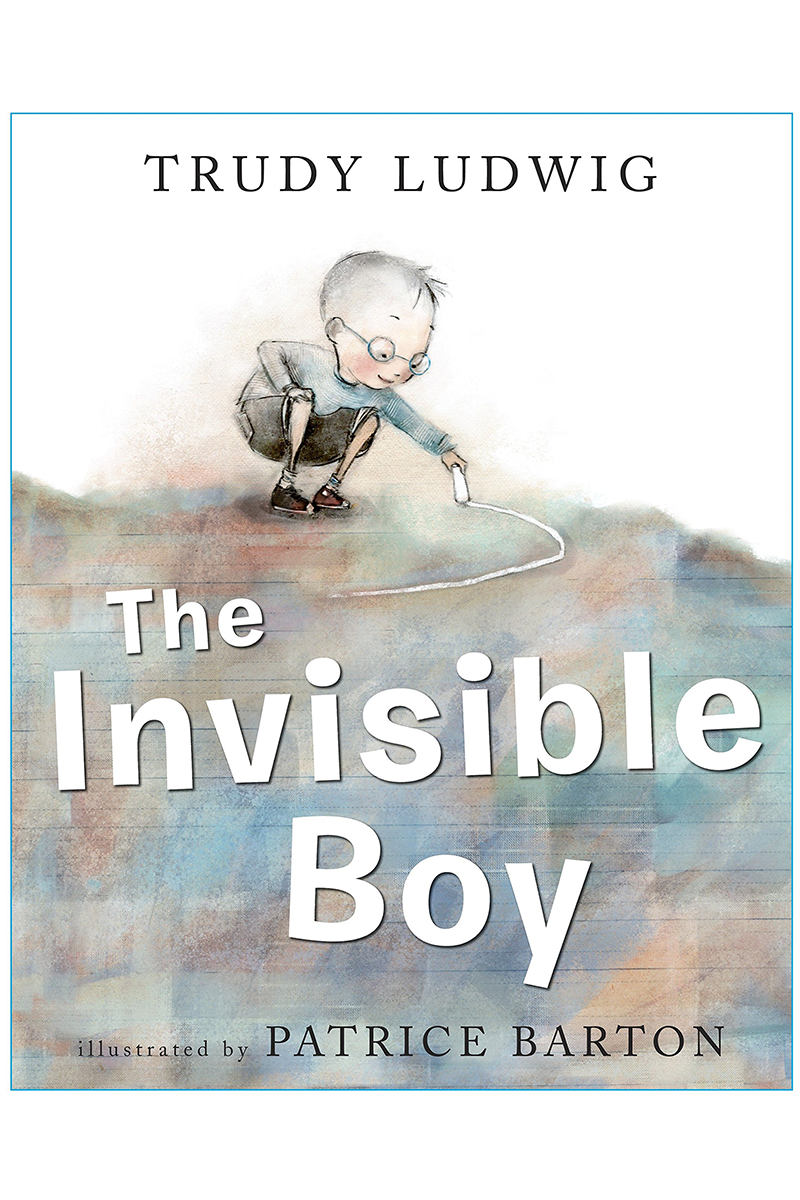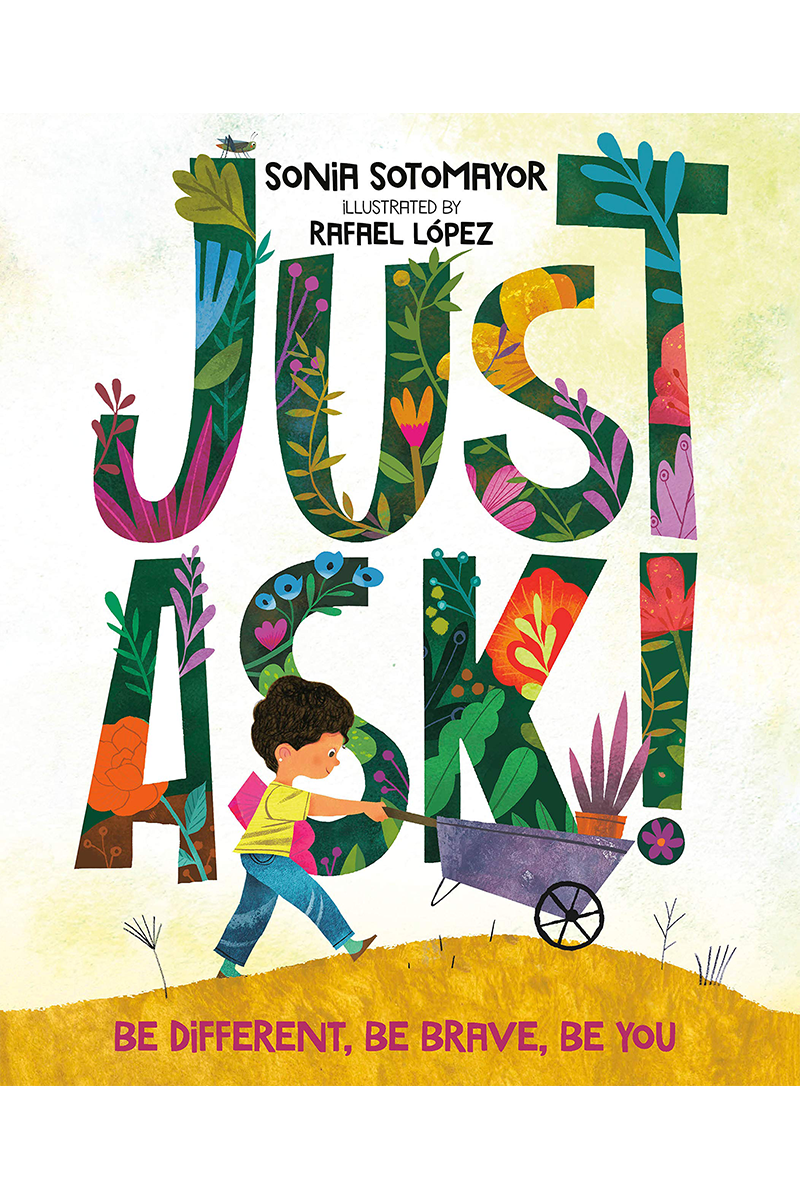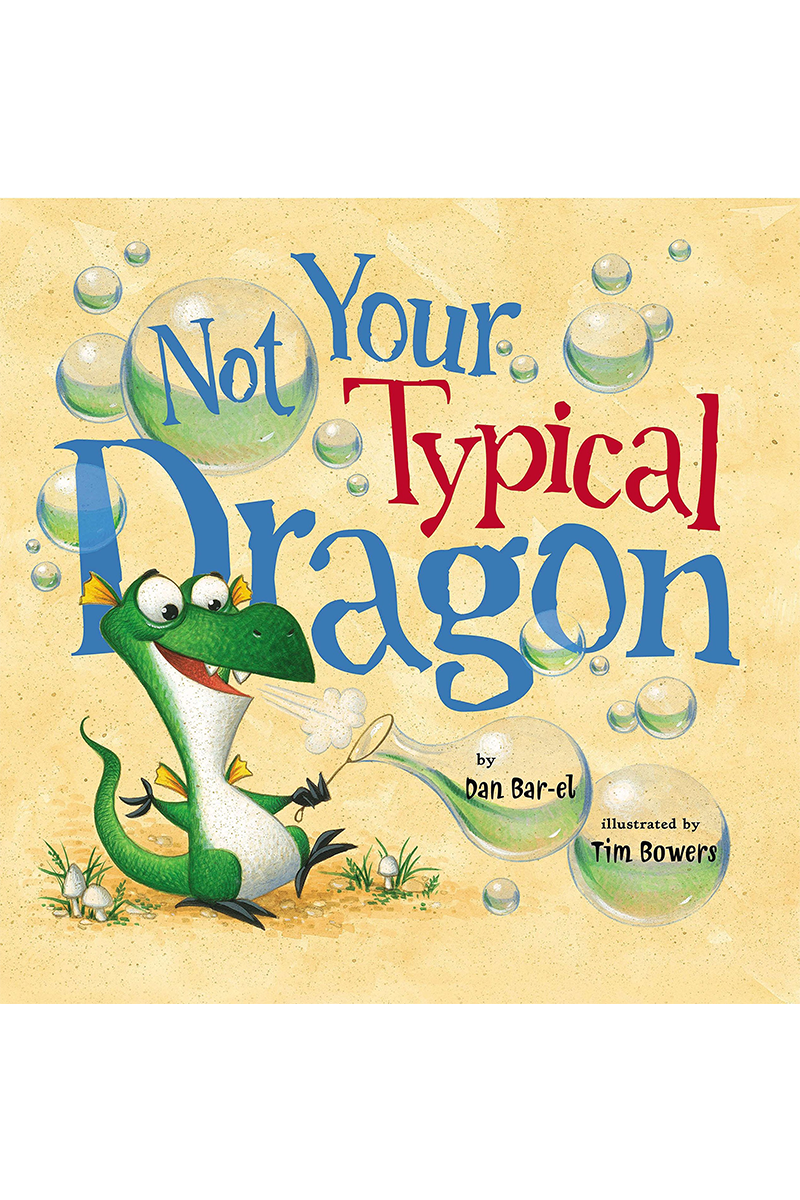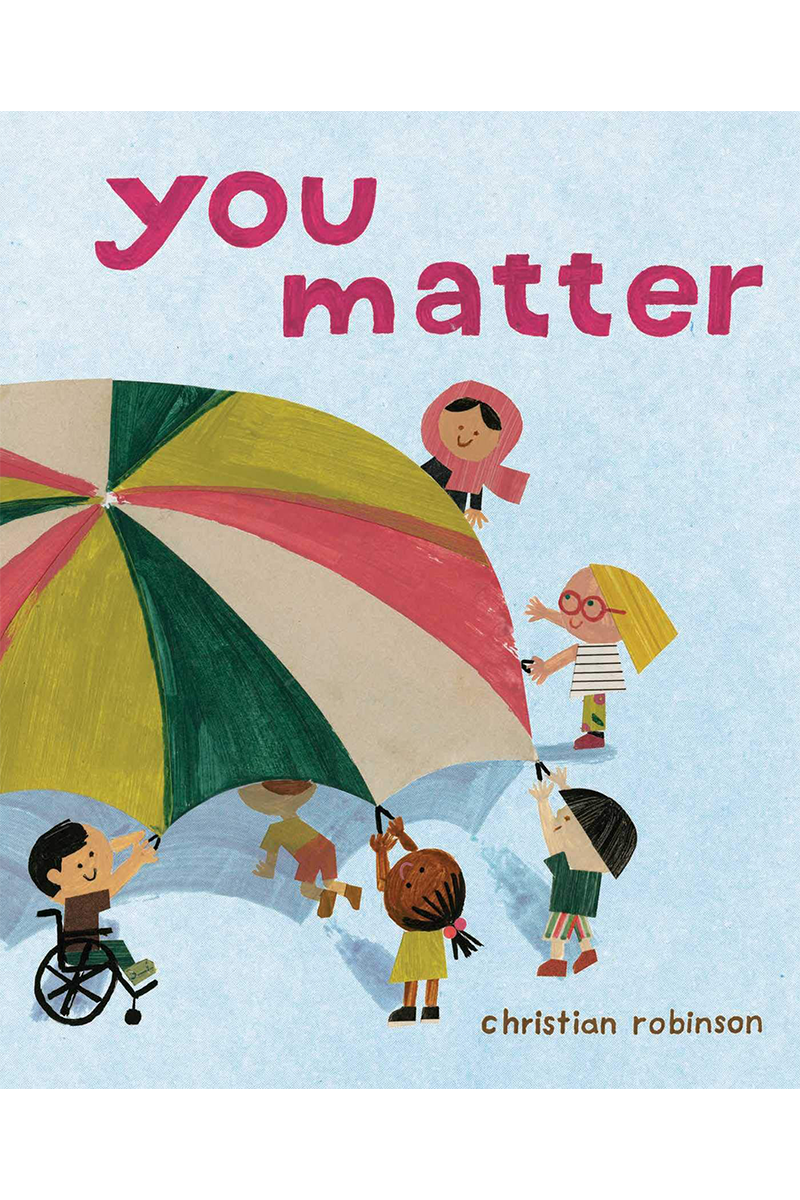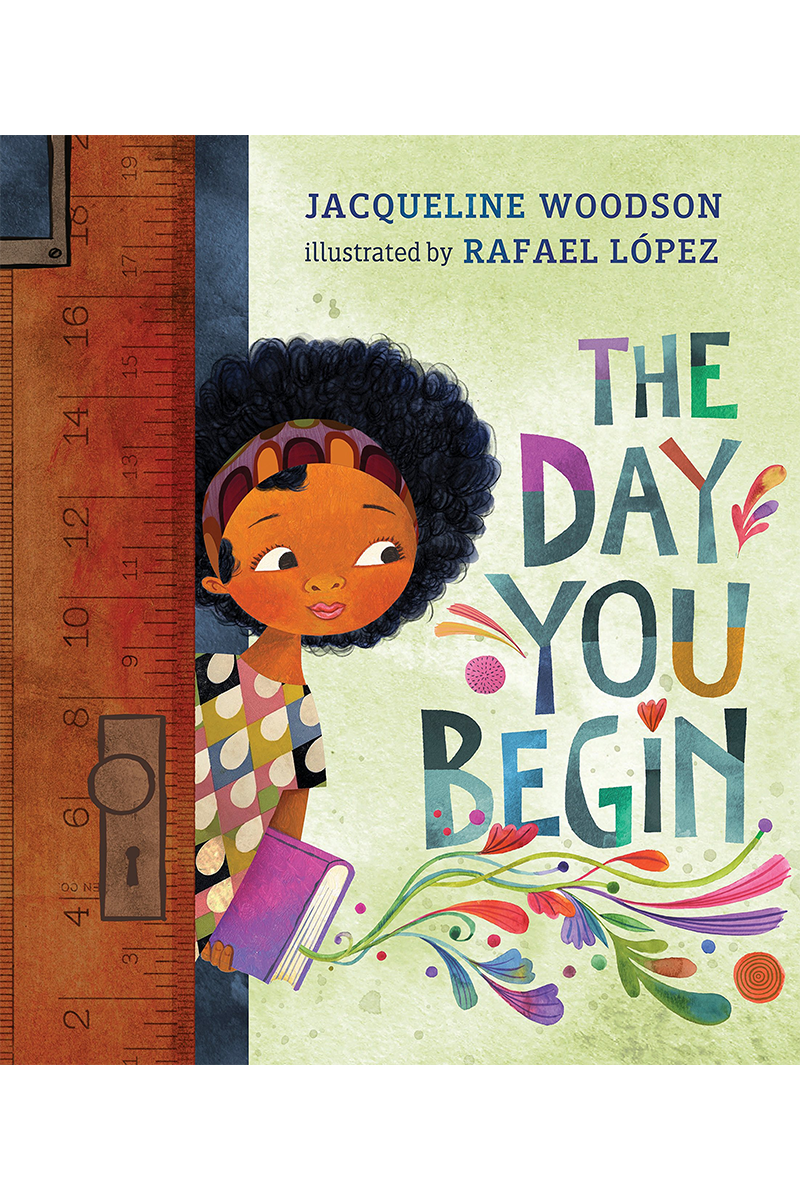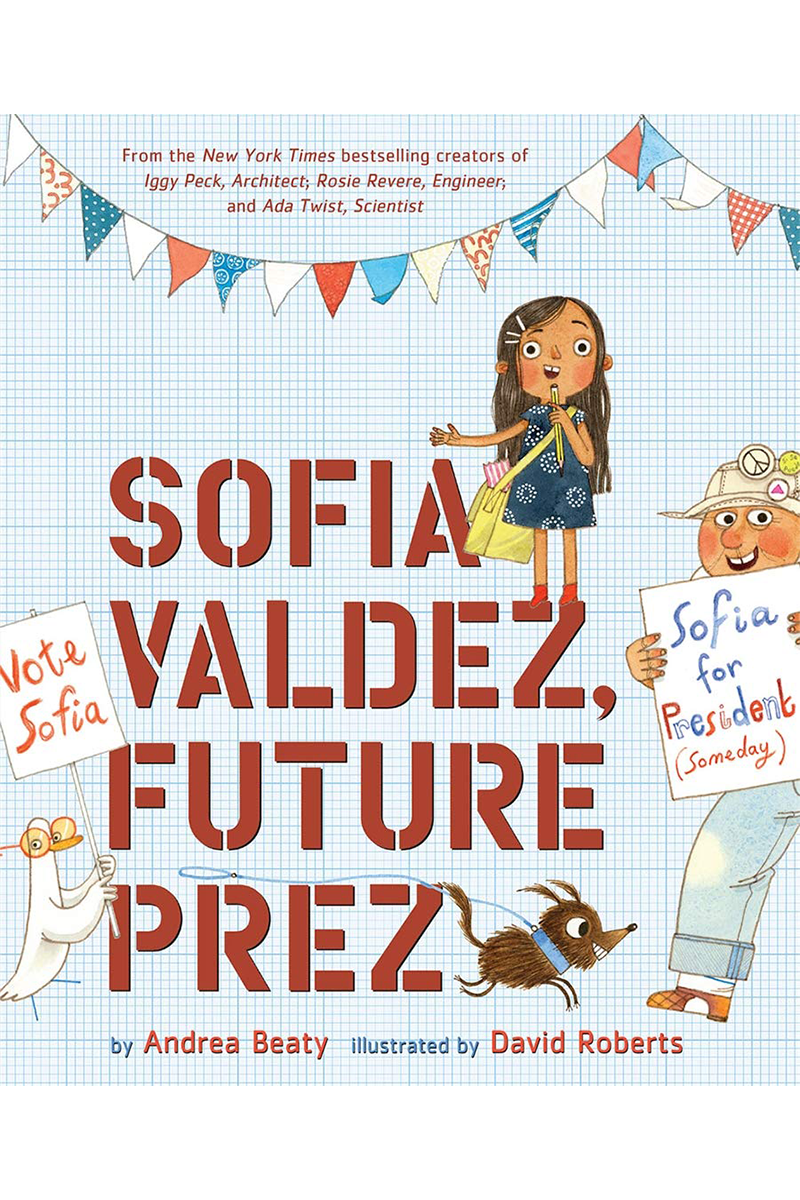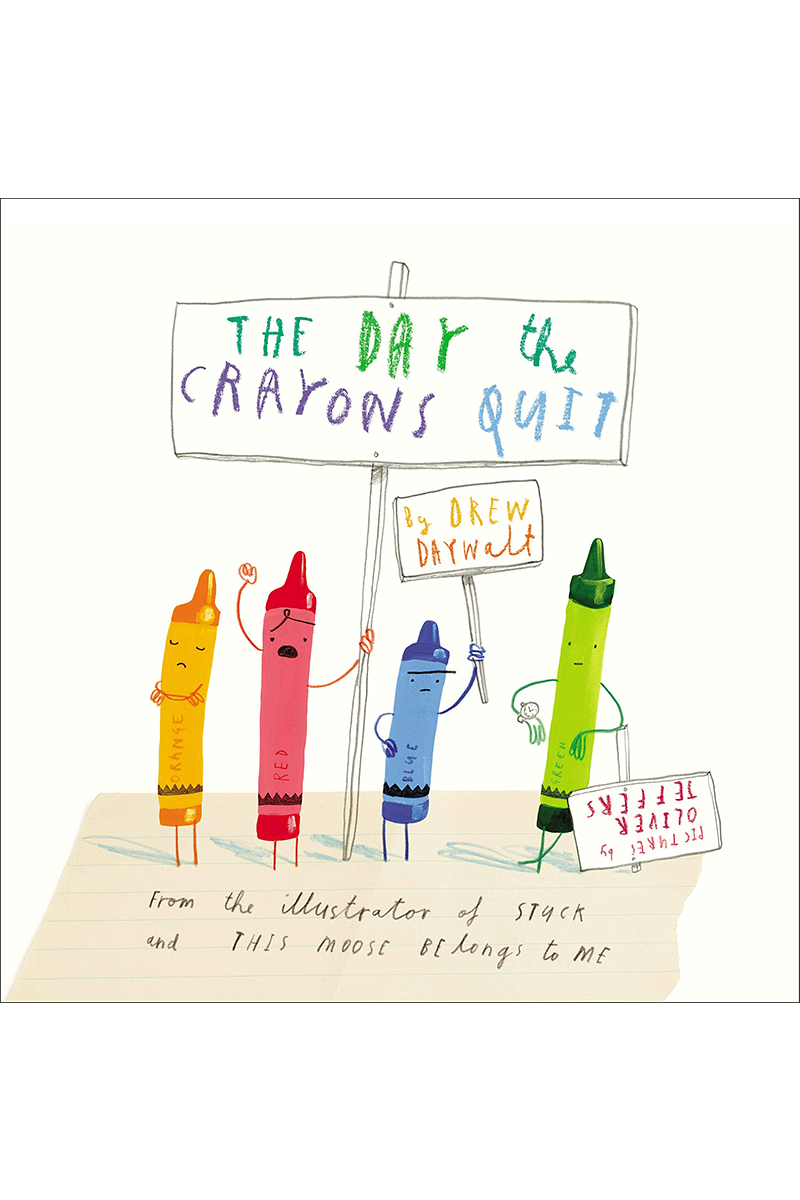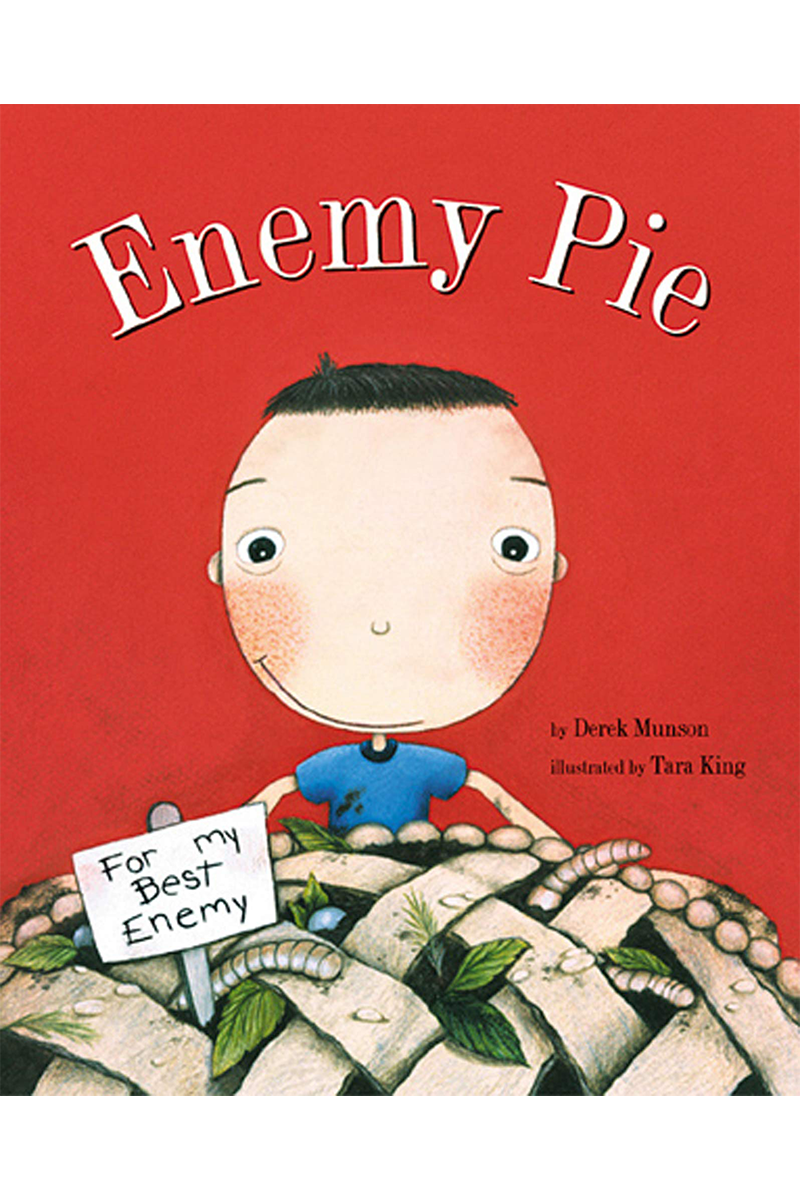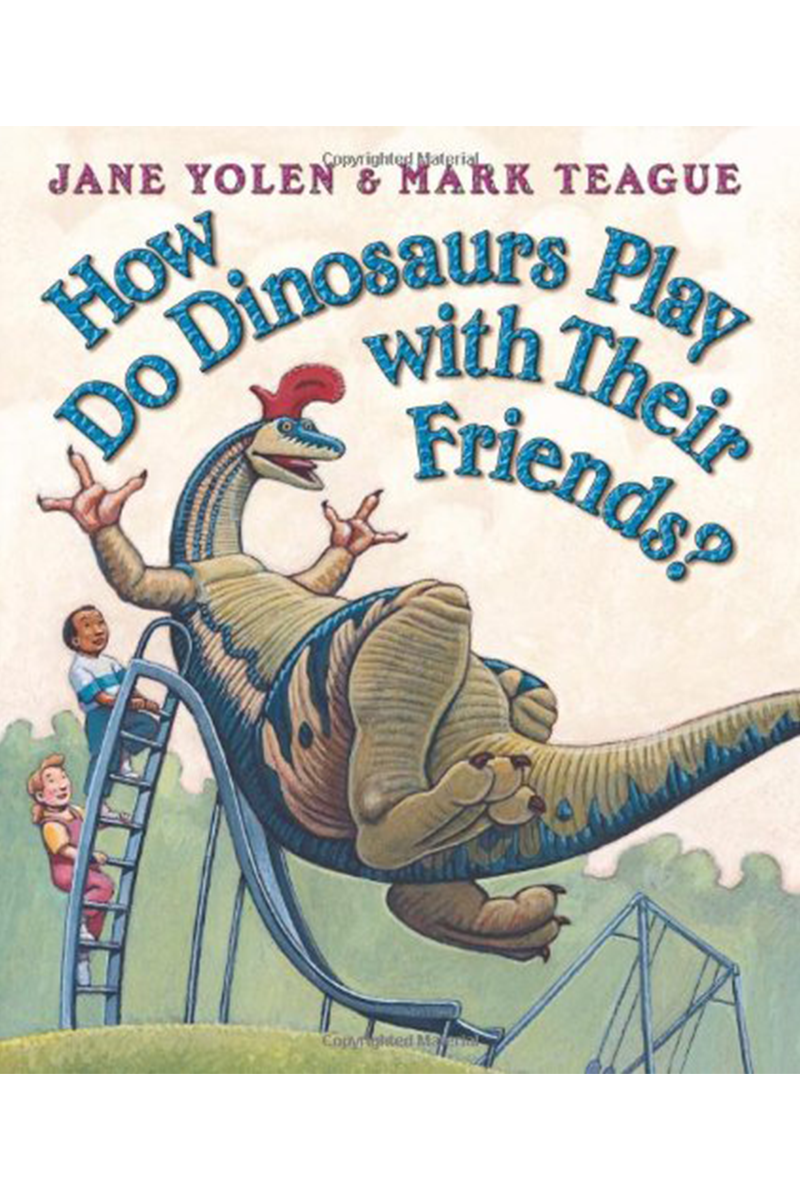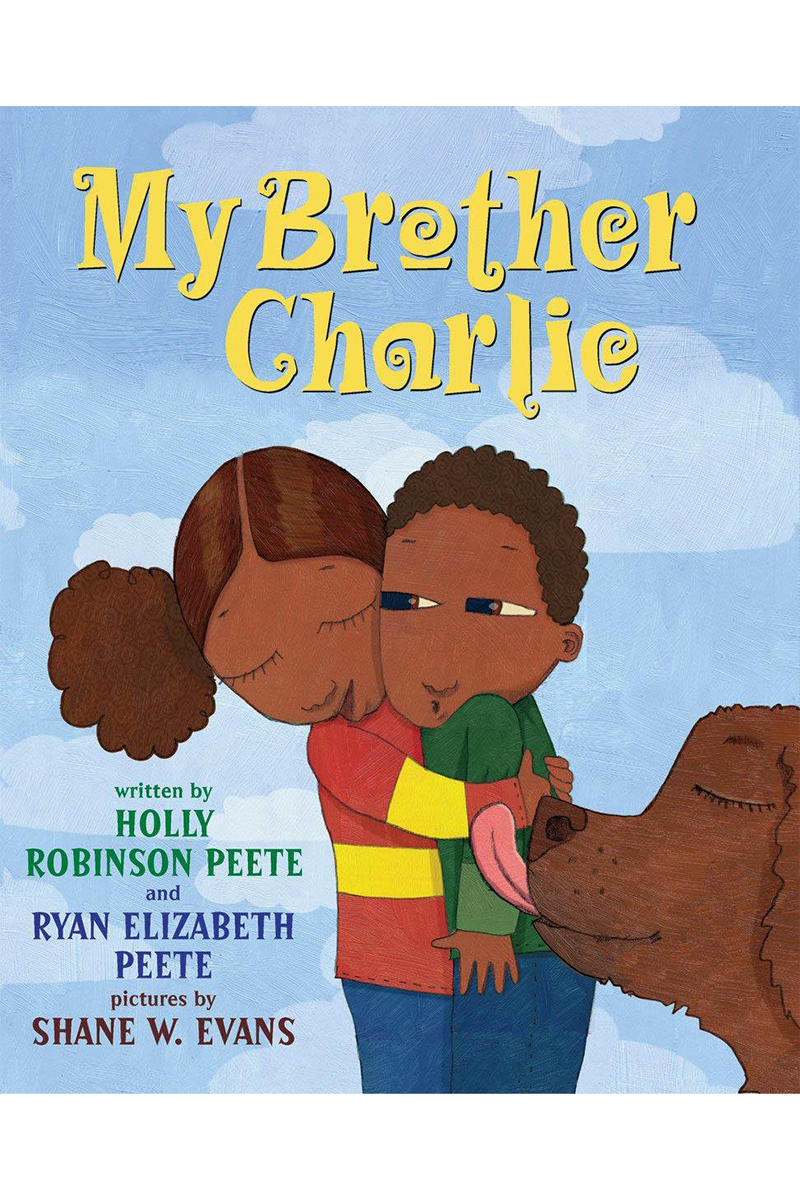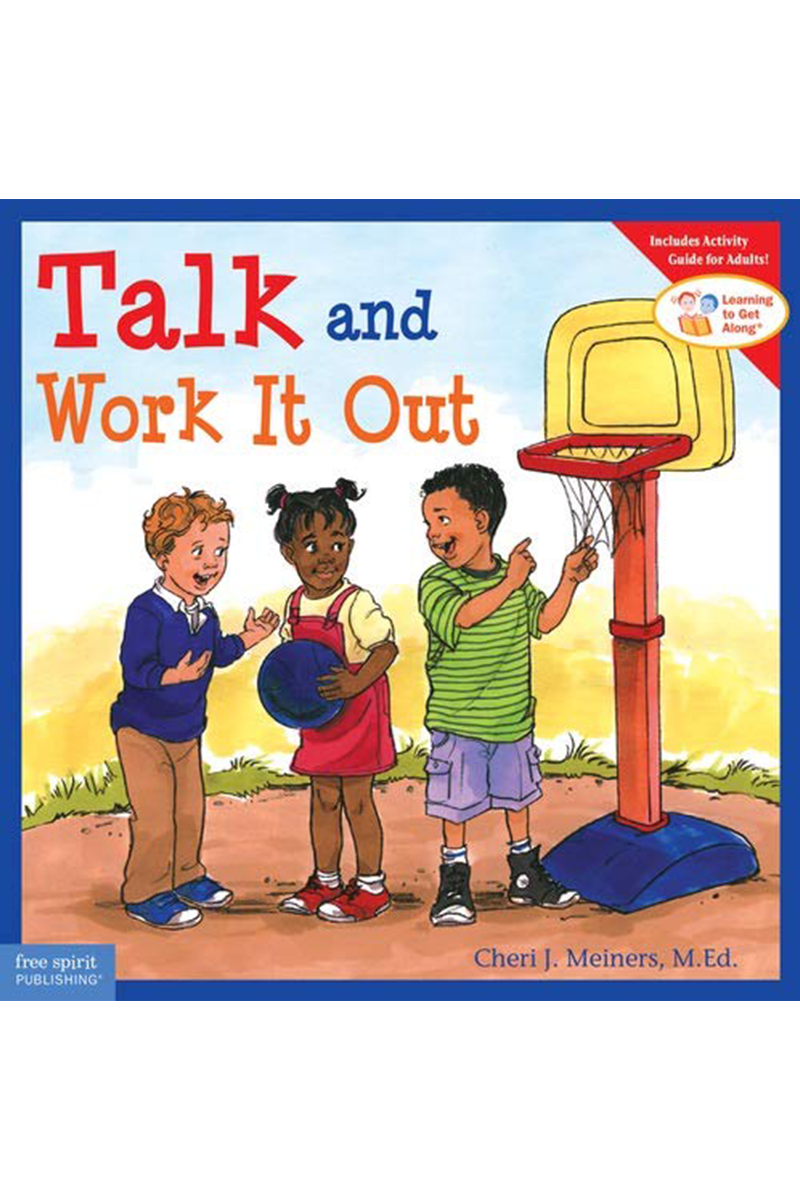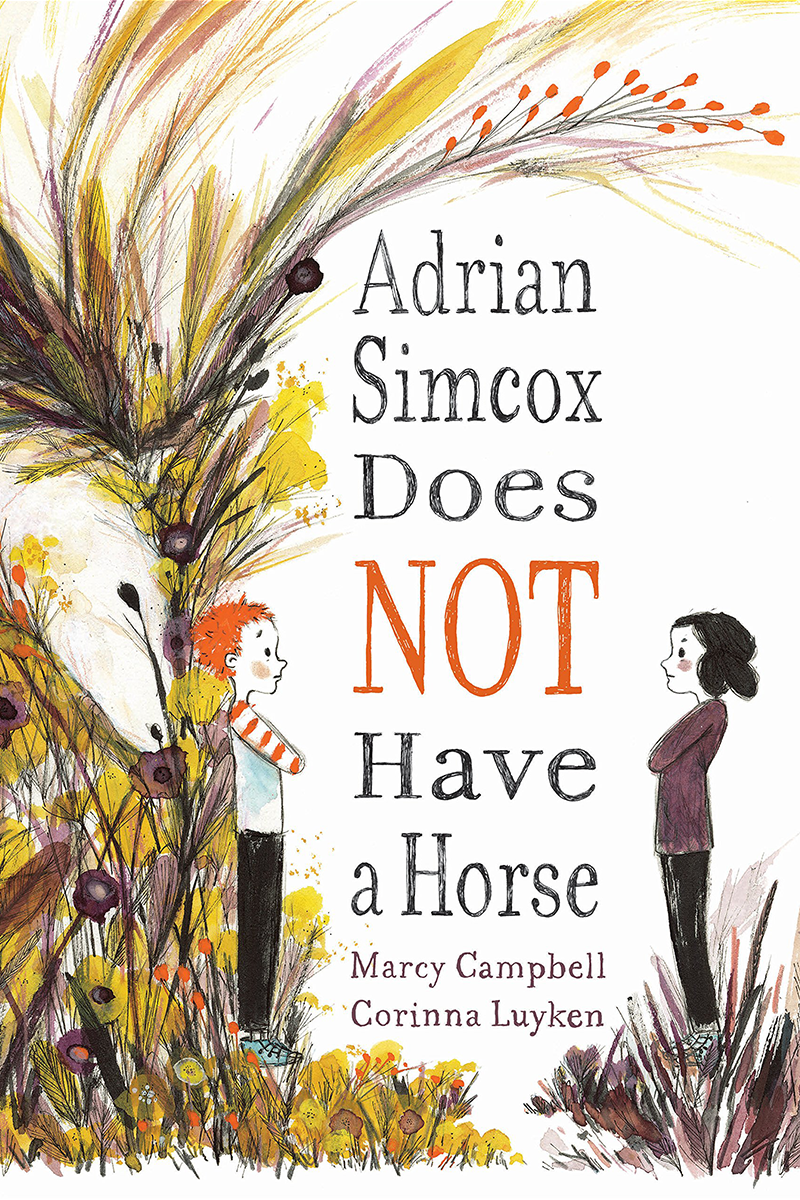Second Step

Unit One: Growth Mindset
**Recommended picture books below the messages :)**
Weekly Messaging (Dojo/Class Messengers):
Kindergarten:
- Lesson 1: In this week’s lesson, your child will learn that paying attention means watching, listening, and thinking carefully about something. They practice different ways of showing they’re paying attention. Try This at Home: Ask your child to show you how they can pay attention, for example, when you are reading a story with them or explaining how to do something.
- Lesson 2: In this week’s lesson, your child will learn two important reasons for paying attention: to learn and to stay safe. Try This at Home: Ask your child why they think it’s important to pay attention during different activities, for example, when listening to information or instructions, when helping out with a task, or when crossing the street with you.
- Lesson 3: In this week’s lesson, your child will learn that mistakes are a natural part of the learning process. They’ll practice encouraging their classmates (and themselves) while the class learns and practices a skill together: snapping their fingers. Try This at Home: Remind your child that everyone makes mistakes and that mistakes help us learn. Point out when you make mistakes or tell them a story about a time you learned something from making a mistake.
- Lesson 4: In this week’s lesson, your child will learn that it’s important to practice and keep trying in order to get better at something they want to learn. Try This at Home: Encourage your child to choose something they want to get better at (such as, tying their shoes, adding or subtracting, writing their name, dribbling a ball, or snapping their fingers). Set aside a few minutes each day for them to practice the skill, and highlight the progress they’re making.
- Lesson 5: In this week’s lesson, your child will show what they’ve learned about the importance of paying attention, practicing, and continuing to try after making mistakes. They’ll put these skills to use while learning a rhyme with accompanying movements. Try This at Home: Ask your child to show and teach you the rhyme they learned, along with the movements, so you can do it together.
First Grade:
- Lesson 1: In this week’s lesson, your child will learn that paying attention can look different depending on the situation, for example, listening to the teacher during a lesson, or looking both ways before crossing the street. Try This at Home: Ask your child to show you how they can pay attention, for example, when you are reading a story with them, explaining a task, or crossing the street.
- Lesson 2: In this week’s lesson, your child will learn that a distraction is something that takes their attention away from something else. They’ll learn different ways to manage distractions, such as reminding themselves to focus, turning away from the distraction, changing places, or politely asking someone to stop a distracting behavior. Try This at Home: When you need to pay attention or focus on a task at home, ask your child to suggest some ways you can manage distractions.
- Lesson 3: In this week’s lesson, your child will reflect on different skills they’ve learned and talk about how practice and continued effort helped them get better. Try This at Home: Talk with your child about different tasks and skills they have learned to do by themselves at home, for example, making their bed, getting themselves dressed, etc. Remind them that it took time and practice to get better at these things.
- Lesson 4: In this week’s lesson, your child will practice using helpful thoughts to encourage themselves and keep going while learning a dance with their classmates. Try This at Home: Ask your child to suggest some helpful thoughts to encourage you or another family member to complete a challenging task (for example, a school/home/work project, or an exercise routine).
- Lesson 5: In this week’s lesson, your child will show what they’ve learned about paying attention, managing distractions, and practicing as they learn to draw Pepito, a character from Second Step Elementary animated videos. Try This at Home: Ask your child to tell you about their experience learning to draw Pepito. Encourage them to draw a family portrait with Pepito in it as a way to keep practicing.
Second Grade:
- Lesson 1: In this week’s lesson, your child will learn that their best skills have developed as a result of practicing, trying hard, and asking for help. Try This at Home: Ask your child to share with you what they’re good at and how they became good at it. Share with them something you’re good at and what you did to practice and try hard, and who you asked for help.
- Lesson 2: In this week’s lesson, your child will learn that mistakes tell us something’s not working and that they can respond to mistakes by asking for help, trying again, or making a small change to keep going. Try This at Home: Ask your child what a mistake tells them and what they can do to keep going after a mistake.
- Lesson 3: In this week’s lesson, your child will learn that helpful thoughts can help us keep going when we’re learning and unhelpful thoughts might make us want to give up. Try This at Home: Ask your child whether the thoughts they have when they’re learning something new are helpful or unhelpful. Ask your child to share examples of helpful thoughts they know.
- Lesson 4: In this week’s lesson, your child will learn how to replace an unhelpful thought with a helpful thought so they can keep going when learning feels hard. Try This at Home: Ask your child how they might change an unhelpful thought into a helpful thought. Encourage them by using helpful thoughts at home.
- Lesson 5: In this week’s lesson, your child will use what they’ve learned from the unit to give advice to someone who is struggling to learn something new. Try This at Home: Ask your child what advice they would give you if you were having a hard time learning something new.
Third Grade:
- Lesson 1: In this week’s lesson, your child will learn that when they learn something new, the brain changes as different parts of the brain begin to send messages to each other. Try This at Home: Ask your child to explain what happens in their brain when they learn something for the first time.
- Lesson 2: In this week’s lesson, your child will learn that every time they practice a new a skill, the brain gets better at sending the messages for that skill. Try This at Home: Ask your child to explain what happens in their brain when they practice.
- Lesson 3: In this week’s lesson, your child will learn that if they’re practicing a skill but not getting better, they can try a new way of practicing or find someone to learn from. Try This at Home: Ask your child to tell you something new they’ve been practicing at school. Ask if they can think of other ways to practice or someone they could learn from.
- Lesson 4: In this week’s lesson, your child will work with a partner to make a practice plan that includes what they want to learn, how they will practice, and what they can do if they aren’t improving. Try This at Home: Ask your child to tell you what a practice plan includes.
- Lesson 5: In this week’s lesson, your child will make their own practice plan. Try This at Home: Ask your child share their practice plan with you. If they brought it home, find a place to display it where they’ll see it every day. Check in to see how their plan is going, and support them if they need help adjusting their plans.
Fourth Grade:
- Lesson 1: In this week’s lesson, your child’s class will work together to set a 2-week goal that’s specific, challenging, and doable. Try This at Home: Ask your child to describe their class goal and explain what makes it challenging and doable for their class. Tell your child about a goal you recently set and what makes it challenging and doable for you.
- Lesson 2: In this week’s lesson, your child’s class will work together to make a good plan to reach their 2-week goal. Try This at Home: Ask your child to describe their plan to reach their class goal. What will they do? What will they need? Who can support them? Tell your child about a time when you made a plan to reach a goal.
- Lesson 3: In this week’s lesson, your child’s class will work together to identify roadblocks that might be getting in the way as they work toward their 2-week goal. Then they’ll decide what they can change to remove or get around their roadblocks. Try This at Home: Ask your child if they’ve run into any roadblocks while working toward their class goal. If so, how will they work around them? Tell your child about a time you ran into a roadblock and what you did to overcome it.
- Lesson 4: In this week’s lesson, your child’s class will reflect on their journey of working toward their 2-week goal. Try This at Home: Ask your child about their experience with setting a class goal and working toward it. What worked? What didn’t work? What could they do next time? Reflect on a goal you’ve worked toward and what you learned.
- Lesson 5: In this week’s lesson, your child will practice the full goal-setting process as they work toward a 10-minute goal with a group. Try This at Home: Work with your child to make a list of 1-week goals you could set as a family. Choose one and make sure it’s specific, challenging, and doable. Follow the goal-setting process to make a plan, check in on how it’s going, and at the end of the week, reflect on how it went and what you could do next time.
Fifth Grade:
- Lesson 1: In this week’s lesson, your child will learn how to set a goal that's right for them. A goal that's right for someone is specific, challenging, doable, and motivating. Try This at Home: Ask your child what their goal is and how they know it’s right for them. Encourage them to describe why it’s motivating to them. Talk to your child about a goal you reached in the past and why you chose that goal.
- Lesson 2: In this week’s lesson, your child will learn how to make an effective plan to reach a goal. Try This at Home: Ask your child about their plan to reach their goal. What will they do? What will they need? Talk to them about how you can support them as they work toward their goal.
- Lesson 3: In this week’s lesson, your child will learn how to evaluate their progress toward a goal and change their plan accordingly. Try This at Home: Talk to your child about the progress they’ve made toward their goal. Ask them if they’ve run into any roadblocks, and offer to help them think about how to keep moving forward.
- Lesson 4: In this week’s lesson, your child will learn how to reflect on their experience working toward a goal. Try This at Home: Ask your child to tell you about their goal-setting journey, including what worked, what didn’t work, and what they could do next time. Tell your child about a goal that you set and worked toward. What worked, what didn’t work, and what did you learn?
- Lesson 5: In this week’s lesson, your child will apply the full goal-setting process they learned in this unit to work toward a 10-minute goal of their choice. Try This at Home: Ask your child about the goal-setting process they learned in this unit and why it’s important. Encourage them to set a new short-term goal that's right for them and to follow the process they learned. Check in along the way to see how it’s going.
Unit Two: Emotion Management
**Recommended picture books below the messages :)**
Weekly Messaging (Dojo/Class Messengers):
Kindergarten:
- Lesson 6: In this week’s lesson, your child will learn to use body language and context clues to figure out when someone feels happy. They’ll practice looking at the person’s face and body, as well as thinking about what’s going on in the situation. Try This at Home: Encourage your child to notice when others around them feel happy. Have them practice using body language and context clues to figure out when family members, friends, or characters in books, movies, or on TV might be feeling happy.
- Lesson 7: In this week’s lesson, your child will learn to use body language and context clues to figure out when someone feels sad. They’ll practice looking at the person’s face and body, as well as thinking about what’s going on in the situation. Try This at Home: Encourage your child to notice when others around them feel sad. Have them practice using body language and context clues to figure out when family members, friends, or characters in books, movies, or on TV might be feeling sad.
- Lesson 8: In this week’s lesson, your child will learn to use body language and context clues to figure out when someone feels mad. They’ll practice looking at the person’s face and body, as well as thinking about what’s going on in the situation. Try This at Home: Encourage your child to notice when others around them feel mad. Have them practice using body language and context clues to figure out when family members, friends, or characters in books, movies, or on TV might be feeling mad.
- Lesson 9: In this week’s lesson, your child will learn two ways to help themselves feel calm when they encounter strong feelings: asking for help and slow breathing. Try This at Home:
Ask your child to tell you some ways they’ve learned to feel calm when they get upset. Have them teach you how to use slow breathing to feel calm.
- Lesson 10: In this week’s lesson, your child will show that they can use body language and context clues to figure out how someone is feeling. They’ll also show they can use slow breathing as a way to help themselves feel calm when they encounter strong feelings. Try This at Home: Ask your child to tell you how they think others around them might be feeling, for example a sibling or a character in a story, a movie, or a TV show.
First Grade:
- Lesson 6: In this week’s lesson, your child will practice using body language and context clues (looking at the person’s face and body, thinking about what’s going on in the situation) to figure out how someone is feeling.
Try This at Home: Ask your child to tell you how they think others around them might be feeling, for example a sibling, or a character in a story, a movie, or a TV show. - Lesson 7: In this week’s lesson, your child will learn to use body language and context clues to figure out when someone feels worried. They’ll practice looking at the person’s face and body, as well as thinking about what’s going on in the situation. Try This at Home: Encourage your child to notice when others around them might feel worried. Have them practice using body language and context clues to figure out when family members, friends, or characters in books, movies, or on TV might be feeling worried.
- Lesson 8: In this week’s lesson, your child will learn to use body language and context clues to figure out when someone feels calm. They’ll practice looking at the person’s face and body, as well as thinking about what’s going on in the situation. Try This at Home: Encourage your child to notice when others around them feel calm. Have them practice using body language and context clues to figure out when family members, friends, or characters in books, movies, or on TV might be feeling calm.
- Lesson 9: In this week’s lesson, your child will learn to use body language and context clues to figure out when someone feels frustrated. They’ll practice looking at the person’s face and body, as well as thinking about what’s going on in the situation. They’ll also learn about a new strategy for feeling calm when they get frustrated: slow counting. Try This at Home: Encourage your child to notice when others around them feel frustrated. Have them practice using body language and context clues to figure out when family members, friends, or characters in books, movies, or on TV might be feeling frustrated.
- Lesson 10: In this week’s lesson, your child will show that they can use body language and context clues to figure out how someone is feeling. They’ll also show that they know ways to help themselves feel calm when they encounter strong feelings. Try This at Home: Ask your child to tell you some ways they’ve learned to feel calm when they get upset. Have them teach you how to use slow counting to feel calm.
Second Grade:
-
Lesson 6: In this week’s lesson, your child will learn that we can feel proud when we accomplish something difficult or when we do something nice for others. Try This at Home: Ask your child to tell you about a time they felt proud. Tell them about a time you felt proud of something you accomplished or of doing something nice for others.
-
Lesson 7: In this week’s lesson, your child will learn that we can feel disappointed when something we want or expect does not happen. Try This at Home: Remind your child that everyone feels disappointed sometimes. Ask them what they can do to feel better the next time they’re feeling disappointed.
-
Lesson 8: In this week’s lesson, your child will learn how to use positive self-talk to help themselves feel better when they’re upset, disappointed, or worried. Try This at Home: Ask your child what they want to tell themselves when they’re having a tough day. Encourage them to use positive self-talk at home.
-
Lesson 9: In this week’s lesson, your child will learn that people can have different feelings in the same situation because of their experiences. Try This at Home: Ask your child for an example of something that people can have different feelings about. Talk about the reasons people might have different feelings about it.
-
Lesson 10: In this week’s lesson, your child will explain why their classmates have a different feeling from theirs in the same situation. Try This at Home: Ask your child to tell you what they learned about their classmates’ feelings and their own feelings.
Third Grade:
- Lesson 6: In this week’s lesson, your child will learn that emotions give us information about what we want or need. Try This at Home: Ask your child what information the emotions fear, sadness, and happiness give us.
- Lesson 7: In this week’s lesson, your child will learn words for three degrees of anger: annoyed, angry, and furious. Try This at Home: Ask your child to explain the differences between feeling annoyed, angry, and furious.
- Lesson 8: In this week’s lesson, your child will learn how, when, and where to take a break in different situations as a way to manage a strong emotion. Try This at Home: Discuss where and how your child can take a break at home. Then ask your child how they could take a break in place, for example, in the car or at the grocery store.
- Lesson 9: In this week’s lesson, your child will learn words for three degrees of happiness: content, happy, and excited. Try This at Home: Ask your child to explain the differences between feeling content, happy, and excited.
- Lesson 10: In this week’s lesson, your child will practice identifying different intensities of the same feeling by giving personal examples. Try This at Home: Ask your child if they can give examples of times they felt strong emotions like furious or excited.
Fourth Grade:
-
Lesson 6: In this week’s lesson, your child will learn that our brain works best when the logic and emotion centers are balanced and working together. Try This at Home: Tell your child about a time when a strong emotion made it hard for you to learn something new or caused you to say or do something that hurt someone’s feelings. Discuss why it’s important to learn to manage strong emotions.
-
Lesson 7: In this week’s lesson, your child will learn what it means to rethink a situation and how it can help them calm strong emotions. Try This at Home: Tell your child about a time when rethinking a situation, or thinking about it in a different way, helped you feel better. Encourage your child to talk about times in their lives when rethinking could have helped them.
-
Lesson 8: In this week’s lesson, your child will learn about questions they can ask to rethink situations and they’ll practice asking these questions using made-up stories. Try This at Home: Ask your child, “What questions could you ask yourself to rethink a situation?” (Questions might include, “What happened?” “Has this ever happened to anyone else?” and “What’s something good that happened?”) Talk about how those questions can help them think differently about a situation.
-
Lesson 9: In this week’s lesson, your child will practice rethinking a situation they’ve personally experienced. Try This at Home: Ask your child, "How could rethinking help you the next time you’re in a situation where you feel a strong emotion?" It’s important to note that rethinking is not a good strategy to use when someone is hurt or in danger.
-
Lesson 10: In this week’s lesson, your child will work with a team to see how many different ways they can rethink a variety of situations. Try This at Home: With your child, create a “Rethink It!” chart to display at home. Make a list of questions that everyone can use to rethink when emotions are taking over and you just need a little help to see things in a different way.
Fifth Grade:
- Lesson 6: In this week’s lesson, your child will learn that it’s possible to anticipate recurring situations that cause them to feel strong emotions so they can plan ways to manage those emotions in the future. Try This at Home: Tell your child about a recurring situation in your life that typically causes you to feel a strong emotion, like anger or frustration. Ask your child to tell you about similar situations in their life.
- Lesson 7: In this week’s lesson, your child will identify signs of stress, situations that can cause them to feel stress, and strategies they can use to manage feelings of stress. Try This at Home: Ask your child what their body feels like when they’re stressed and what things cause them to feel stress. Share your own experiences with stress and what you do to manage it.
- Lesson 8: In this week’s lesson, your child will practice breaking down situations that feel big and unmanageable into smaller, more manageable pieces. They will also practice identifying a small change someone could make to manage their strong emotions the next time a situation occurs. Try This at Home: Tell your child about a recurring situation in your life that typically causes you to feel a strong emotion, like stress or anger. Ask your child what you can change to make the situation better, and why they would suggest that change.
- Lesson 9: In this week’s lesson, your child will practice identifying things that a person can or can’t change in a recurring situation that causes them to feel a strong emotion. Then they will focus on the things that can be changed to recommend something the person could think or do differently to manage their emotions in the future. Try This at Home: Ask your child if there’s anything coming up at school that makes them feel a strong emotion, like nervous, frustrated, or stressed. Ask them what they could think or do differently to make the situation easier to handle.
- Lesson 10:In this week’s lesson, your child will practice identifying two changes they could make in a recurring personal situation to manage their strong emotions. Try This at Home: Ask your child to tell you about a situation at home that causes them to feel strong emotions, like anger or stress. Ask them what they could change about the situation to better manage their emotions. Talk about what you can do to help them implement the change.
Unit 3: Empathy & Kindness
**Recommended picture books below the messages :)**
Weekly Messaging (Dojo/Class Messengers):
Kindergarten:
- Lesson 11: In this week’s lesson, your child will learn that a kind act is something they can do to help someone feel good. They’ll practice suggesting kind acts to do for people in different scenarios. Try This at Home: Encourage your child to think of a kind act they could do for someone, for example a sibling, grandparent, or neighbor.
- Lesson 12:In this week’s lesson, your child will learn that kindness is a way to show people that they care and that doing kind acts can make both the giver and the receiver feel good. They’ll share personal examples and discuss how they felt when they gave or received kind acts. Try This at Home:
Help your child think of a kind act they can do for someone and support them in carrying it out. With your child, discuss how they think the receiver of the kind act felt. Ask your child how they felt doing a kind act for someone.
- Lesson 13: In this week’s lesson, your child will practice two kind acts: asking, “Would you like to share?” and “Would you like a hug?” Try This at Home: Encourage your child to offer to share items at home. For example, have them help you make a snack and then offer to share it with other family members. Encourage them to offer hugs to family members or friends when they are tired or sad or need encouragement.
- Lesson 14: In this week’s lesson, your child will learn different ways they can show kindness at school. The class will share ideas for kind acts they could do for one another. Try This at Home: Ask your child to tell you about the kind acts they and their classmates have been doing for one another at school this week.
- Lesson 15: In this week’s lesson, your child will show what they’ve learned about kindness and the power of kind acts to help people feel good. They’ll draw themselves doing a kind act for someone at school. Try This at Home: Ask your child to show or tell you about their drawing of doing a kind act for someone at school. Encourage them to draw a picture of themselves doing a kind act at home too.
First Grade:
- Lesson 11: In this week’s lesson, your child will learn that a kind act is something they can do to help someone feel good. They’ll practice suggesting kind acts to do for people in different scenarios. Try This at Home: Encourage your child to think of a kind act they could do for someone, for example a sibling, grandparent, or neighbor.
- Lesson 12: In this week’s lesson, your child will learn and practice two ways they can be kind to others: asking, “Are you okay?” and offering to keep someone company. Try This at Home: Help your child think of a family member or close friend who could use some company. Encourage them to ask the person, “Would you like some company?”
- Lesson 13: In this week’s lesson, your child will learn and practice two types of kind acts: offering to help someone and inviting someone to join. Try This at Home: Help your child think of a kind act they can do for someone involving offering to help or inviting them to join. Support your child in carrying out the kind act.
- Lesson 14: In this week’s lesson, your child will role-play doing kinds acts in response to different scenarios. Try This at Home: Ask your child to tell you about the kind acts they and their classmates have been learning about at school this week.
- Lesson 15: In this week’s lesson, your child will show what they’ve learned about kind acts as they role-play doing kind acts for others in a variety of contexts. Try This at Home: Choose a day of the week (for example, Wednesdays) as “kindness day.” Help your child think of kind acts they can do for family members, friends, or neighbors. Write the kind acts on the calendar for the next several weeks.
Second Grade:
- Lesson 11: In this week’s lesson, your child will learn that empathy means feeling or understanding what someone else is feeling, and that empathy can lead to kindness. Try This at Home: Ask your child to tell you what empathy means.
- Lesson 12: In this week’s lesson, your child will describe a time they had empathy for someone and how it affected their thoughts and actions. Try This at Home: Ask your child to tell you about a time they had empathy for someone.
- Lesson 13: In this week’s lesson, your child will practice having empathy to come up with kind acts they could do for others in different situations. Try This at Home: Ask your child how having empathy can help them know how to be kind.
- Lesson 14: In this week’s lesson, your child will use empathy to come up with a kind act they could do for a person in their school community. Try This at Home: Ask your child what member of their school community they had empathy for and what kind act they chose to do for that person.
- Lesson 15: In this week’s lesson, your child will use empathy to come up with a kind act they could do for a person they choose. Try This at Home: Ask your child who they chose to have empathy for and what kind act they decided to do.
Third Grade:
- Lesson 11: In this week’s lesson, your child will learn how empathy—the ability to understand and feel how someone else is feeling—and kindness can help build new friendships. Try This at Home: Ask your child what kind things they could they do to build a friendship with someone.
- Lesson 12: In this week’s lesson, your child will learn how acting on empathy can make friendships stronger. Try This at Home: Ask your child to name one of their friends and explain what makes them a good friend.
- Lesson 13: In this week’s lesson, your child will learn that people like to be shown kindness in different ways. Try This at Home: Ask your child what helps them feel better when they feel sad. What helps when they feel embarrassed or angry? Tell them what helps you feel better when you feel those same emotions.
- Lesson 14: In this week’s lesson, your child will practice asking questions to help them understand how someone else is feeling and what they can do to help. Try This at Home: Ask your child what questions they can ask to find out how someone feels and what they may want or need. Discuss how checking in on someone’s feelings is a great way to show you care about them.
- Lesson 15: In this week’s lesson, your child will show what they know about empathy and kindness by planning kind acts to do for someone they care about. Try This at Home: Ask your child about the kindness coupons they made in class. Ask how they chose the kind acts for each person.
Fourth Grade:
- Lesson 11: In this week’s lesson, your child will learn that people can have different points of view about the same thing. Try This at Home: With your child, discuss a time when you had a different point of view than someone else about the same thing. Describe how your experiences—what you’ve seen, heard, or done in your life—affect your point of view
- Lesson 12: In this week’s lesson, your child will learn that asking questions, listening, and observing can help you learn more about someone’s point of view when you don’t understand it. Try This at Home: Tell your child about a time when learning more about a different point of view helped you have empathy. Encourage your child to think of future situations where it might be helpful to learn more about a different point of view in order to get along and show they care.
- Lesson 13: In this week’s lesson, your child will practice listening, asking questions, and observing to learn more about another person’s point of view. Try This at Home: Discuss with your child how learning more about someone’s point of view can help you have empathy for them. Encourage your child to think of a time when they had empathy for someone or someone had empathy for them.
- Lesson 14: In this week’s lesson, your child will learn that better understanding someone’s point of view can change your own point of view and how you act. Try This at Home: Ask your child to describe a time when learning more about a different point of view changed their own thoughts or actions. Tell your child about a time when this happened to you.
- Lesson 15: In this week’s lesson, your child will practice asking questions to better understand someone’s point of view when it’s harder to empathize. Try This at Home: Discuss with your child the benefits of learning more about the different points of view of people in your family. If there’s a point of view they don’t understand, think of questions together that they can ask to learn more about it.
Fifth Grade:
- Lesson 11: In this lesson, your child will describe how empathy can help someone identify and solve a problem in their community. Try This at Home: Point out something that has changed for the better in your neighborhood recently. Ask your child why they think that change is helpful. Point out how empathy might have helped someone decide to make that change.
- Lesson 12: In this lesson, your child will use empathy to identify problems in their school community and think about how these problems might affect other people. This is an important first step toward making positive change in the community. Try This at Home: Ask your child what problems they see in your neighborhood that affect other people. Point out how empathy helped them notice those problems.
- Lesson 13: In this lesson, your child will practice building empathy for different groups affected by a community problem. Learning more about each group’s point of view will help them find solutions that can work better for everyone. Try This at Home: With your child, think about a problem in your community and make a list together of what you could do to learn more about someone else’s point of view. If possible, try out one of your strategies.
- Lesson 14: In this lesson, your child will evaluate possible solutions to a community problem by thinking about the points of view of the people who are affected by the problem. Try This at Home: Point out a problem in your neighborhood that affects other people. With your child, make a list of possible solutions to the problem. Ask your child how different groups in the community might feel about each solution.
- Lesson 15: In this lesson, your child will choose a solution to a problem in their school community and explain how it meets the wants and needs of the people who are affected by the problem. Try This at Home: Point out a change that has happened in your neighborhood recently that was intended to solve a problem. Ask your child if that change was a good solution, and how they know.
Unit 4: Problem Solving
**Recommended picture books below the messages :)**
Weekly Messaging (Dojo/Class Messengers):
Kindergarten:
- Lesson 16: In this week’s lesson, your child will learn how to state a problem without blame or name calling. They’ll practice identifying problems in given scenarios, listen to their teacher state the problem, and then repeat the statement. Try This at Home: Children may be tempted to blame others when they’re upset about something. Encourage your child to avoid blame by describing what happened without focusing on who is at fault.
- Lesson 17: In this week’s lesson, your child will learn that taking time to feel calm before reacting is a helpful first step to solving a problem. Try This at Home: Let your child see you taking a moment to feel calm at home when things are busy or stressful. For example, say, “Today was a really busy day. I’m going to take a few slow breaths to help me feel calm.” Invite your child to join you.
- Lesson 18: In this week’s lesson, your child will learn that apologizing is one way to begin to solve problems. They’ll practice using the phrases, “I’m sorry. Are you okay? How can I help?” as a way to help solve problems. Try This at Home: Ask your child to teach you the three parts of the apology they learned. Encourage them to apologize when the opportunity arises at home.
- Lesson 19: In this week’s lesson, your child will practice solving problems by offering to share and take turns. Try This at Home: Encourage your child to offer to share and take turns with items at home.
- Lesson 20: In this week’s lesson, your child will show what they have learned about solving problems. They’ll suggest ways to solve problems in different scenarios and draw a picture of themselves using a problem-solving strategy. Try This at Home: If problems or disagreements arise at home, for example, between siblings, ask your child to suggest a way to help solve the problem.
First Grade:
- Lesson 16: In this week’s lesson, your child will learn how to state a problem in a respectful way, without blame or name calling. They’ll practice identifying problems and then state the problem respectfully. Try This at Home: Children may be tempted to blame others when they’re upset about something. Encourage your child to avoid blame by describing what happened without focusing on who is at fault.
- Lesson 17: In this week’s lesson, your child will learn helpful ways to respond to a problem caused by accident. They’ll practice phrases for apologizing: "I’m sorry. It was an accident. Are you okay? How can I help?" Try This at Home: When accidents occur at home, take time to apologize and encourage your child to do the same, using the new phrases they learned at school this week.
- Lesson 18: In this week’s lesson, your child will learn the importance of asking for what they want or need in order to solve a problem. They’ll practice making polite requests with the phrases, “Can I, please . . . ?” and “Could you, please . . .?” Try This at Home:
Ask your child to sing the problem-solving song they learned this week. Have your child teach you the tune and sing it together. Here are the lyrics:Can I, can I, can I? Could I, could I, could?
When I have a problem, these words help me feel good.
Can I, can I, can I? Could I, could I, could?
I can ask for what I want to help me feel good.
I know what I want right now, I want to play with you.
Can I please, could I please, play that game too?
Can you, can you, can you? Could you, could you, could?
When I have a problem, these words help me feel good.
Can you, can you, can you? Could you, could you, could?
I can ask for what I need to help me feel good.
I know what I need right now, I’m feeling really sad.
Could you please talk with me about that fight we had?
Can I, can I, can I? Could I, could I, could?
I can ask for what I want to help me feel good.
Can you, can you, can you? Could you, could you, could?
I can ask for what I need to help me feel good.
When I have a problem, these words help me feel good. - Lesson 19: In this week’s lesson, your child will learn and practice ways to make amends to start to solve a problem. Try This at Home: If disagreements or hurt feelings occur at home between siblings or family members, help your child think of a way to make amends, help others feel good, and start to solve the problem.
- Lesson 20: In this week’s lesson, your child will show what they’ve learned about solving problems and suggest ways characters in a comic can apologize, ask for what they need to solve the problem, and make amends. Try This at Home: Help your child practice their problem-solving skills at home. Reinforce the importance of apologizing, asking for what they want or need, and finding a way to make amends when they encounter a problem.
Second Grade:
- Lesson 16: In this week’s lesson, your child will learn how to state a problem without using blame words. Try This at Home: Ask your child for an example of blame words. Have them explain how they’d say a problem without using blame words.
- Lesson 17: In this week’s lesson, your child will learn that thinking of more than one way to solve a problem can help them find one that works better or that they like better. Try This at Home: Ask your child to explain why it can be good to think of more than one way to solve a problem.
- Lesson 18: In this week’s lesson, your child will learn that some solutions are better than others for a problem. Try This at Home: Ask your child if playing rock, paper, scissors would be a good solution if they spilled water on someone’s paper. Why or why not?
- Lesson 19: In this week’s lesson, your child will learn that after causing a problem accidentally, besides saying sorry they can do something to make the situation better for the other person. Try This at Home: Encourage your child to think of ways to make amends or do more than say sorry after an accident.
- Lesson 20: In this week’s lesson, your child will use what they’ve learned from the unit to solve a given problem. Try This at Home: Ask your child how they solved the problem of Clea and Raquel both wanting the same book in the library.
Third Grade:
- Lesson 16: In this week’s lesson, your child will learn a new process for solving problems called STEP. Try This at Home: Ask your child if they can recall what each letter in STEP stands for. (S: Say the problem, T: Think of solutions, E: Explore the outcomes, P: Pick a solution.)
- Lesson 17: In this week’s lesson your child will learn how to say a problem by thinking about what each person wants or needs. Try This at Home: Ask your child how they would say a problem respectfully, without blaming anyone.
- Lesson 18: In this week’s lesson, your child will learn to analyze possible solutions to a problem by considering whether each solution gives each person what they want. Try This at Home: Ask your child to explain how they would decide whether a solutions works for each person involved in a problem.
- Lesson 19: In this week’s lesson your child will learn to pick a solution to a problem by either finding a compromise or by showing kindness. Try This at Home: Ask your child to explain what a compromise is.
- Lesson 20: In this week’s lesson, your child will apply the STEP process to show what they know about problem-solving. Try This at Home: Ask your child to tell you how they and their partner solved the problem that Jase and Lila had while playing tag.
Fourth Grade:
- Lesson 16: In this week’s lesson, your child will learn two ways to become a better problem-solver: speaking up for what they need and feeling calm before trying to solve the problem. Try This at Home: Talk with your child about times when they might have an interpersonal problem (a disagreement between two or more people) with a friend. Encourage them to use these moments as opportunities to practice feeling calm and speaking up for what they want or need.
- Lesson 17: In this week’s lesson, your child will begin to learn a process for solving interpersonal problems. They’ll learn how to say the problem respectfully and without blame. Try This at Home: Talk with your child about an interpersonal problem they’ve had at home. Help your child think about each person’s point of view, and then work together to say the problem respectfully.
- Lesson 18: In this week’s lesson, your child will learn how to weigh the pros and cons of possible solutions to an interpersonal problem by thinking about the points of view of everyone involved. Try This at Home: Talk with your child about a time when they successfully solved an interpersonal problem. What solutions did they consider, and what were the pros and cons of each solution? Describe a time when you found it helpful to think of each person’s point of view when predicting whether a solution to an interpersonal problem might work.
- Lesson 19: In this week’s lesson, your child will learn how to successfully solve an interpersonal problem by picking a solution that’s safe, respectful, and can work for everyone involved. Try This at Home: Talk with your child about a time when they were able to solve a problem with a safe and respectful solution that worked for everyone involved. Describe a time when you did the same. Point out that solving problems may not always be easy, but it’s worth the effort.
- Lesson 20: In this week’s lesson, your child will practice the STEP process they learned in this unit to solve problems. STEP stands for S: Say the problem, T: Think of solutions, E: Explore the outcomes, and P: Pick a solution. Try This at Home: Talk with your child about a time when they experienced interpersonal problems. Ask how they will use the STEP process to try solving these problems.
Fifth Grade:
- Lesson 16: n this lesson, your child will learn how to begin to solve an interpersonal problem. This includes finding a way to feel calm, saying the problem respectfully, and deciding whether an adult’s help is needed. Try This at Home: Ask your child what kind of interpersonal problems they can solve on their own, and when they might need an adult’s help.
- Lesson 17: In this lesson, your child will consider when, where, and with whom it would be best to work on an interpersonal problem. Try This at Home: Ask your child why it’s important to think about when, where, and with whom it would be best to work on an interpersonal problem.
- Lesson 18: In this lesson, your child will evaluate solutions to an interpersonal problem by thinking about the problem from each person’s point of view. Try This at Home: Tell your child about a simple interpersonal problem that you’ve experienced and describe each person’s point of view about the problem. Ask them to help you think of solutions and predict the possible outcomes of each solution.
- Lesson 19: In this lesson, your child will reflect on whether a solution to an interpersonal problem worked for everyone involved. Try This at Home: Ask your child how they can know when they’ve found a good solution to an interpersonal problem.
- Lesson 20: In this lesson, your child will use the STEP process they learned in this unit to solve an interpersonal problem. STEP stands for S: Say the problem, T: Think of solutions, E: Explore the outcomes, and P: Pick a solution. Try This at Home: Ask your child to tell you about the STEP process and give an example of what someone would do in each part of the process.



